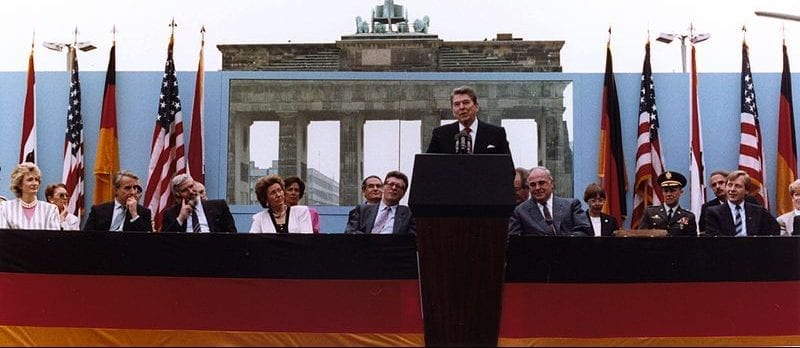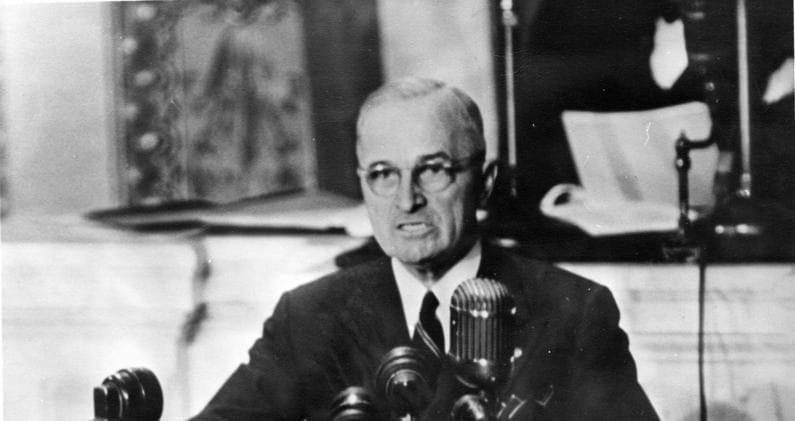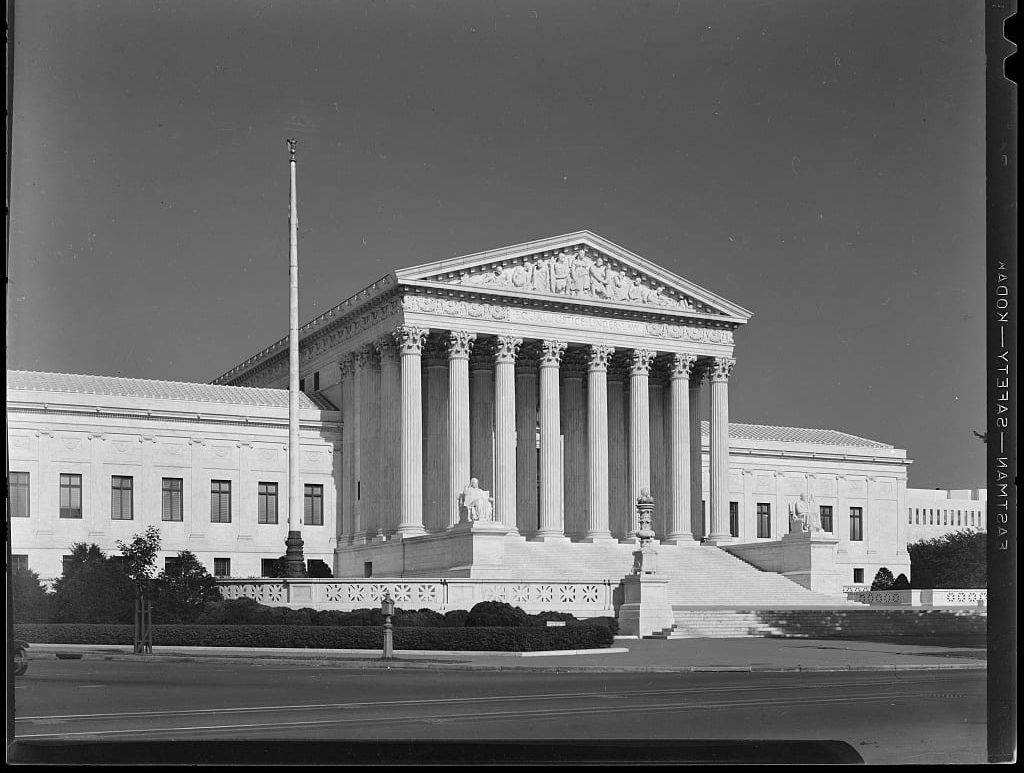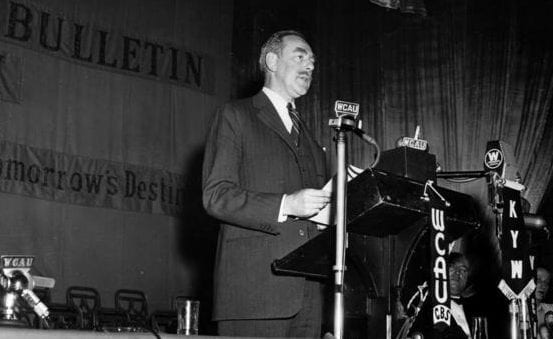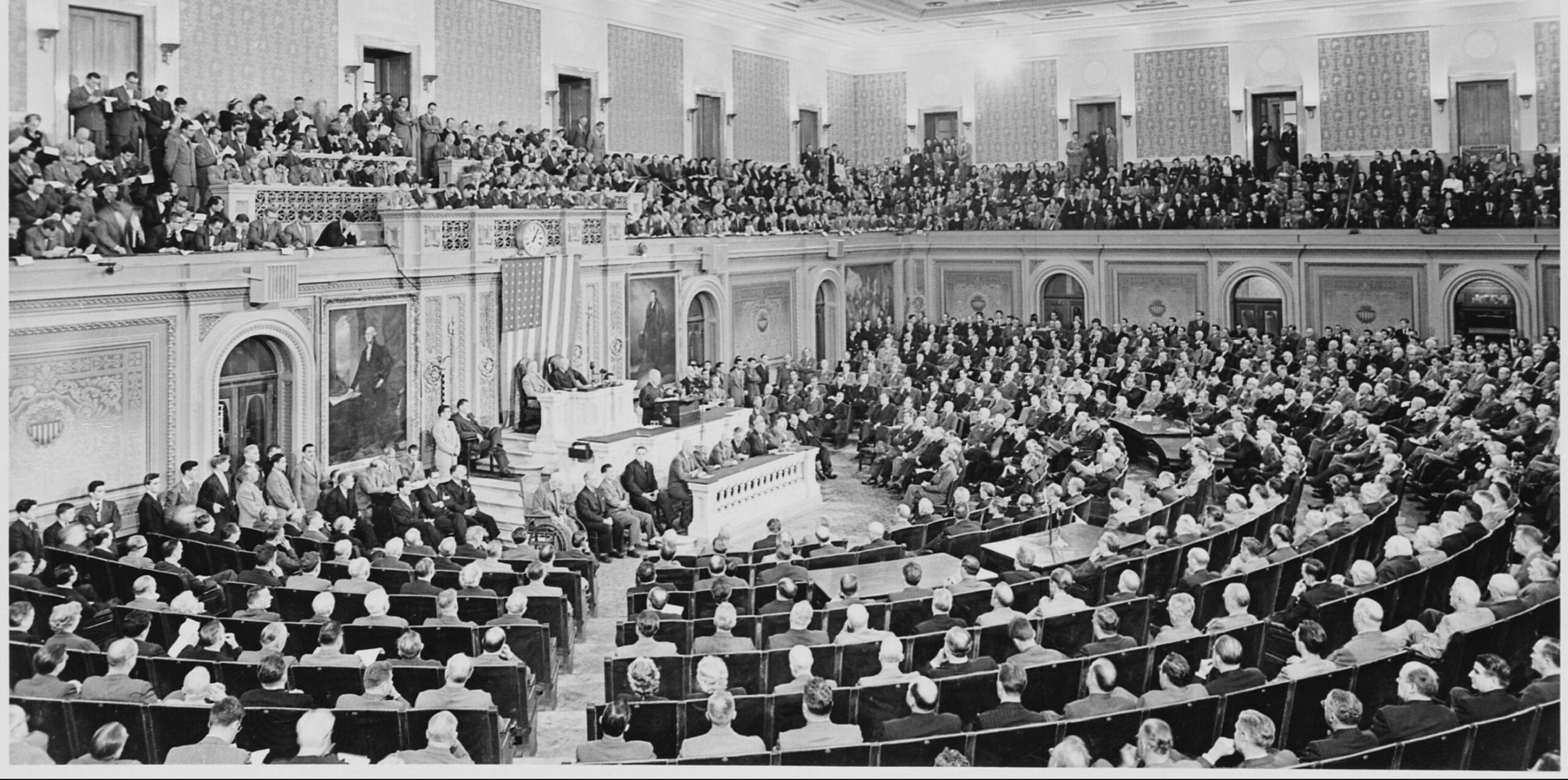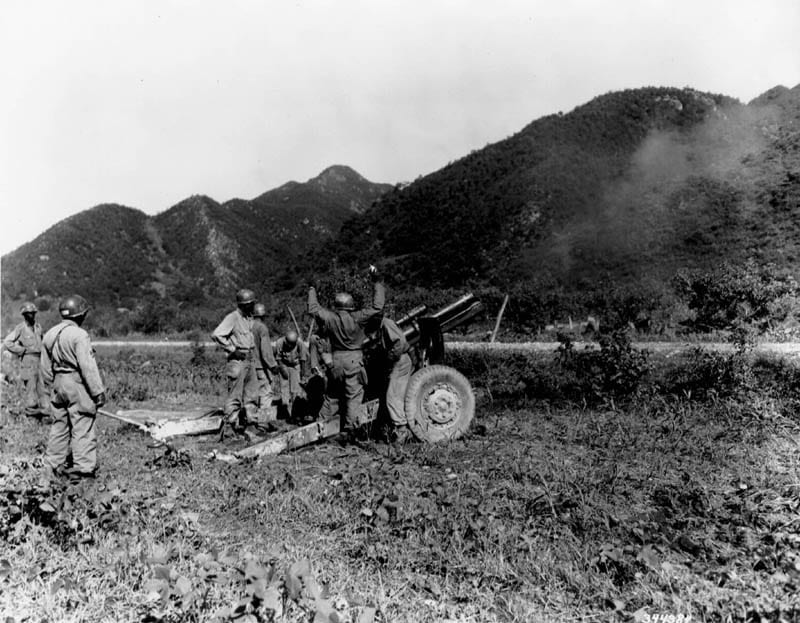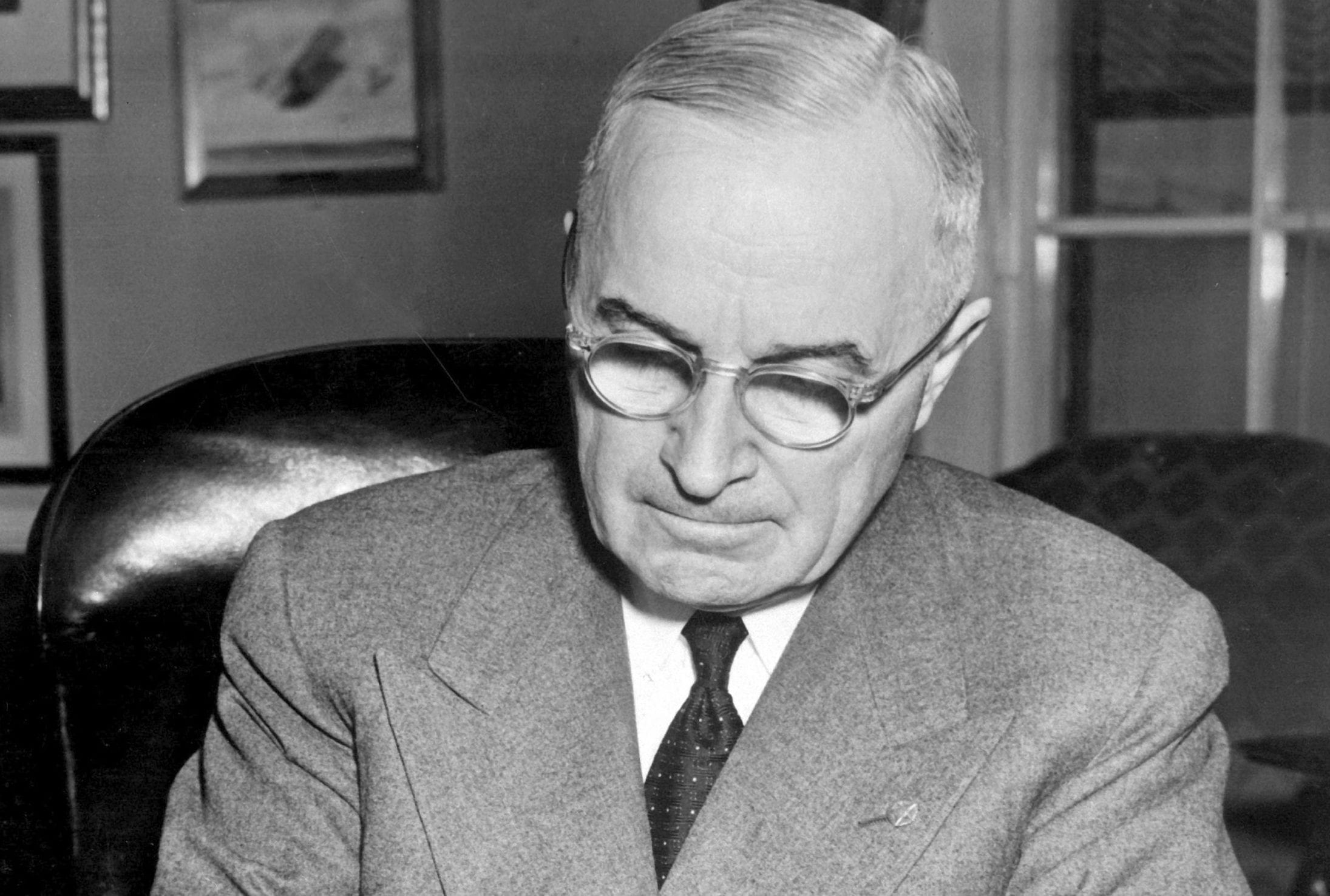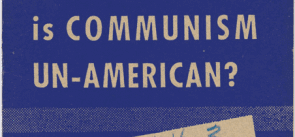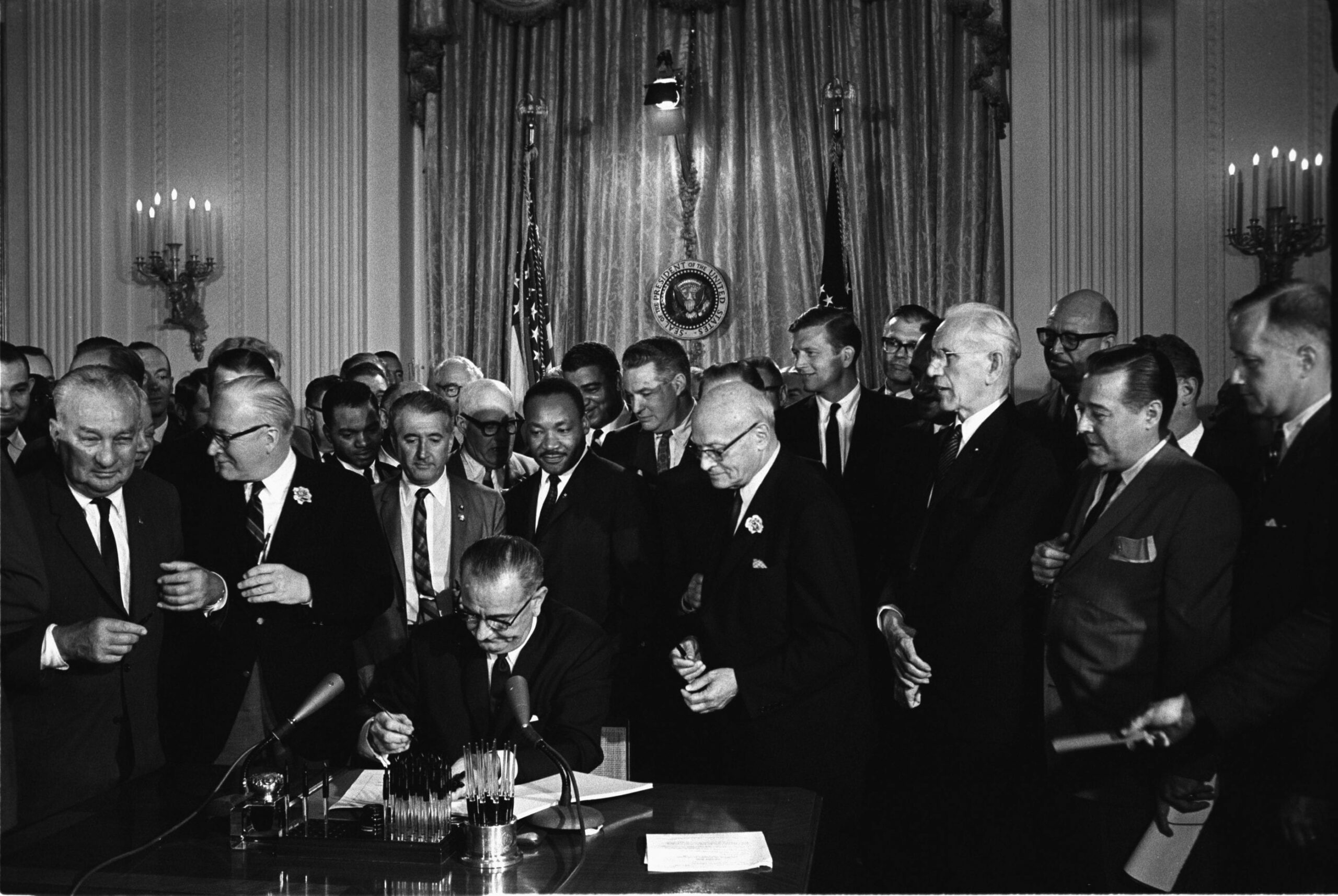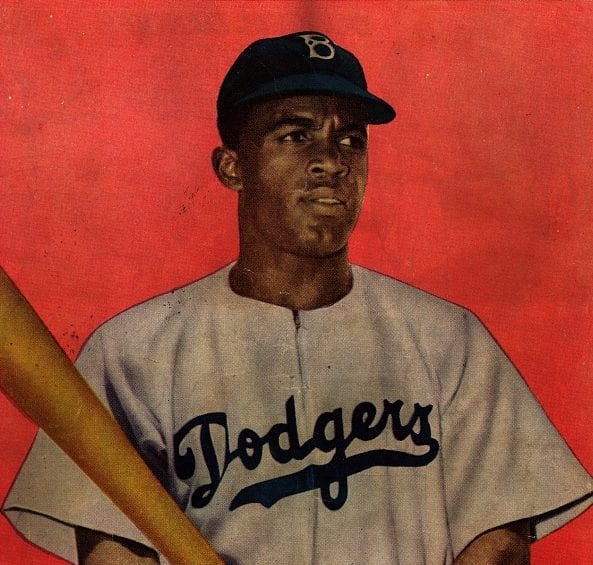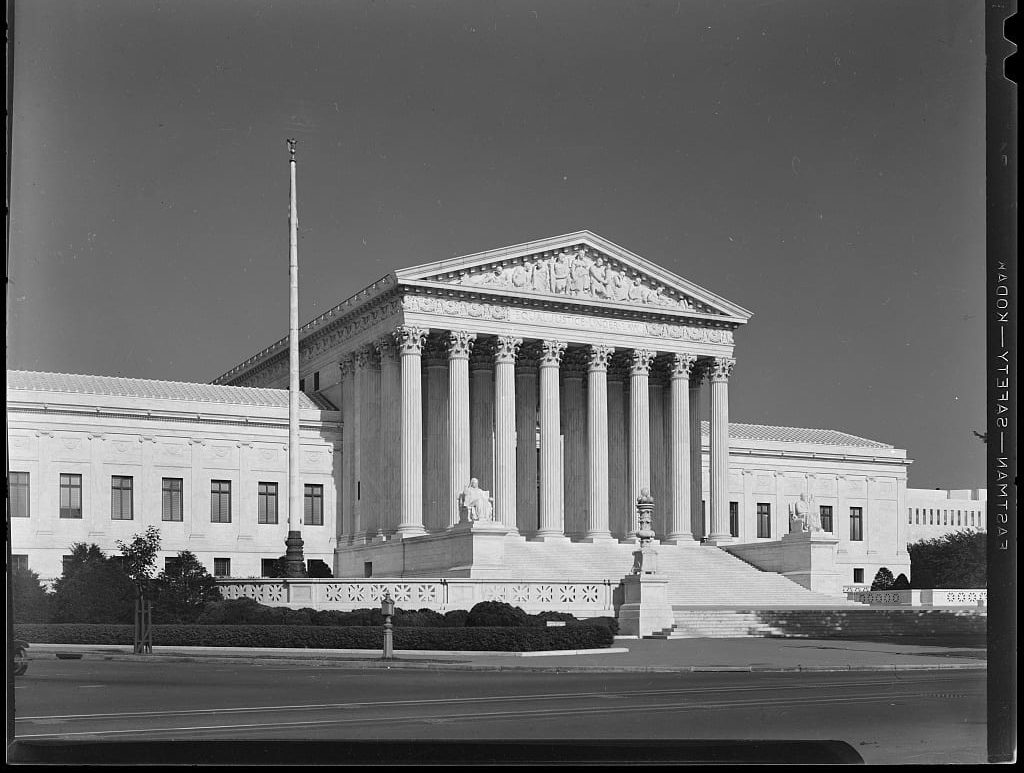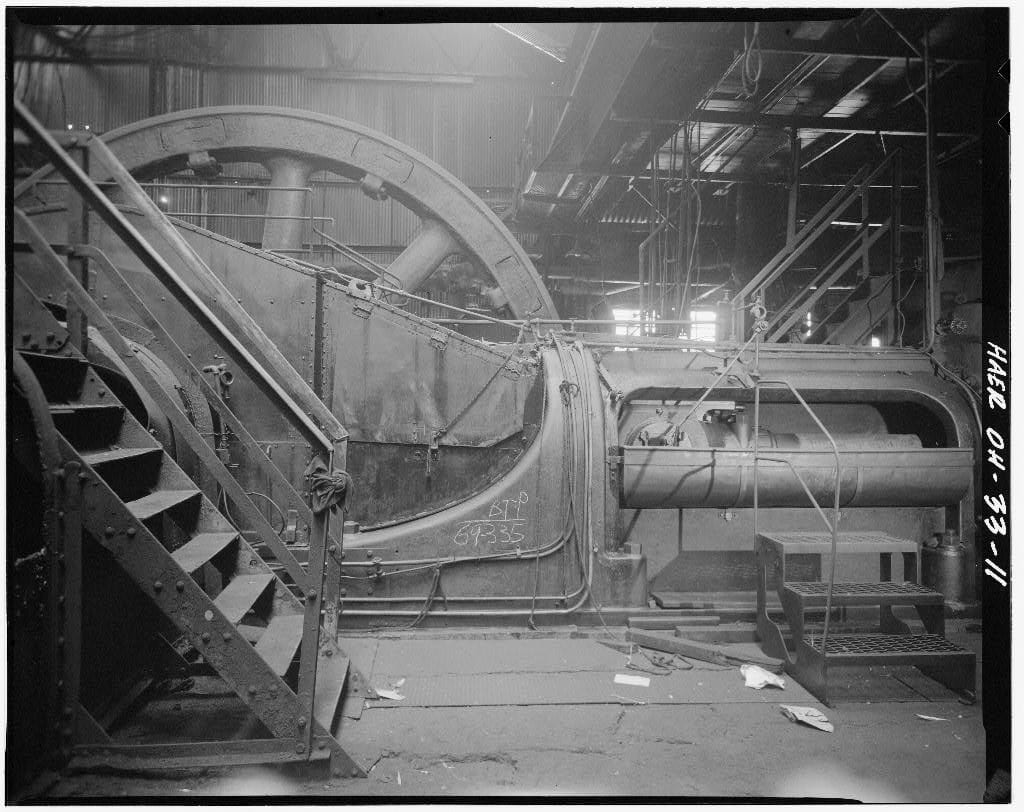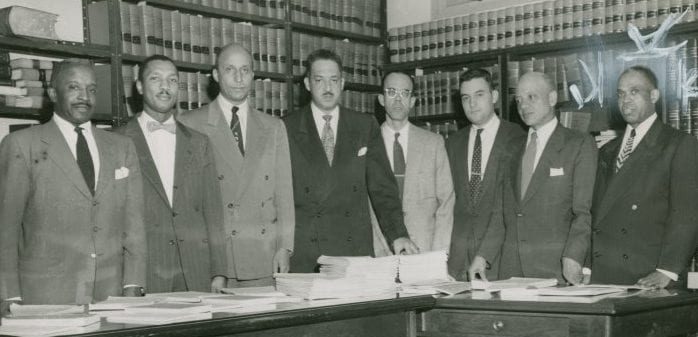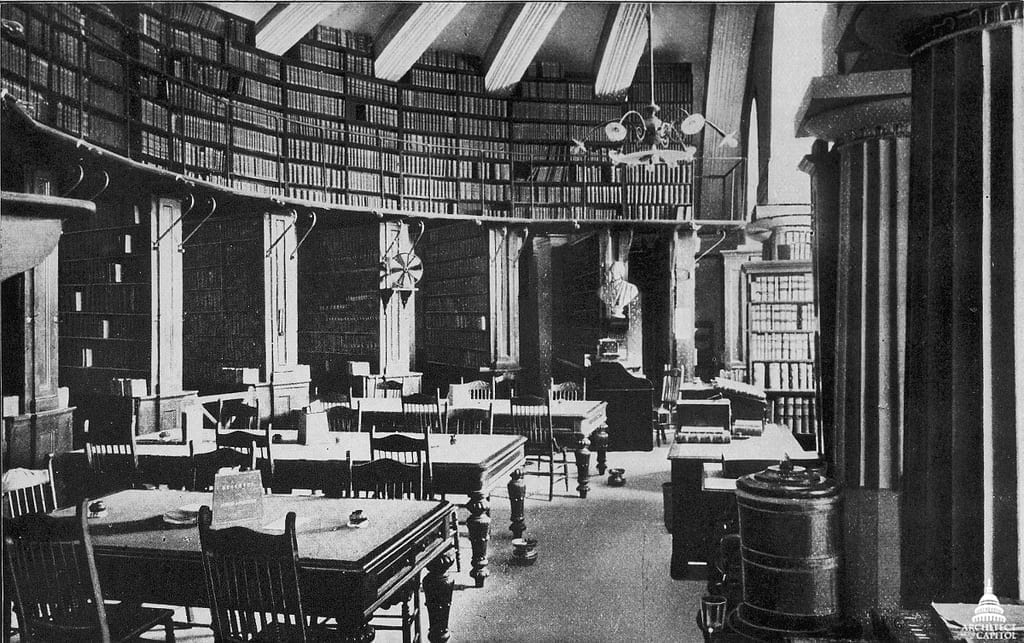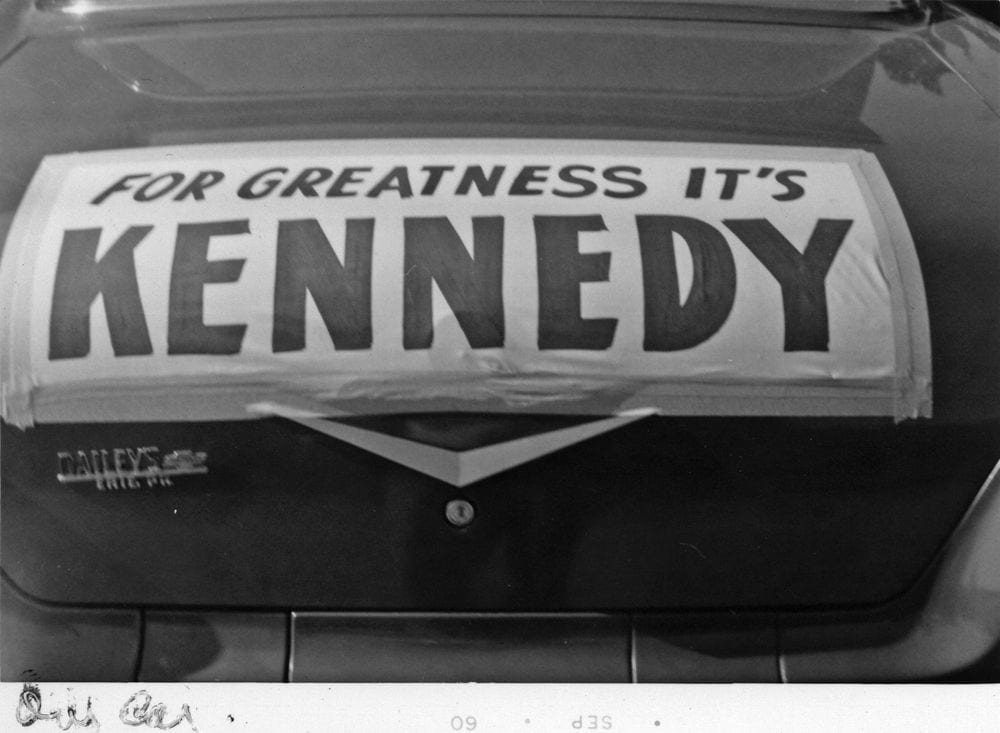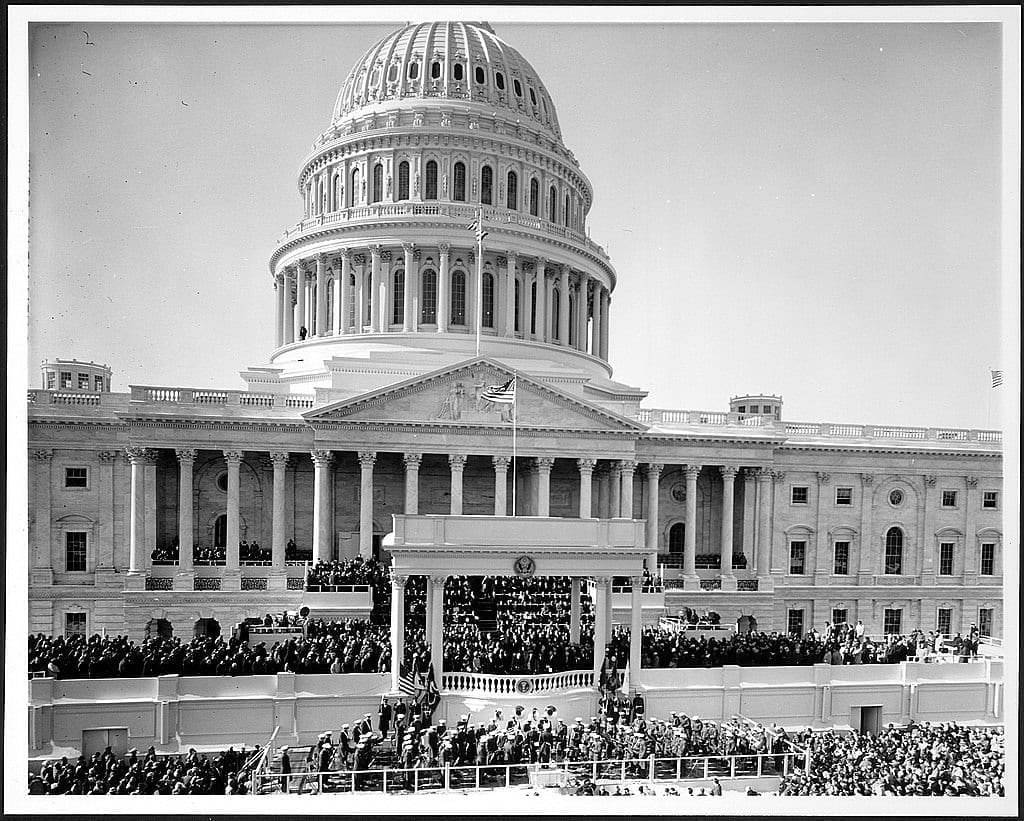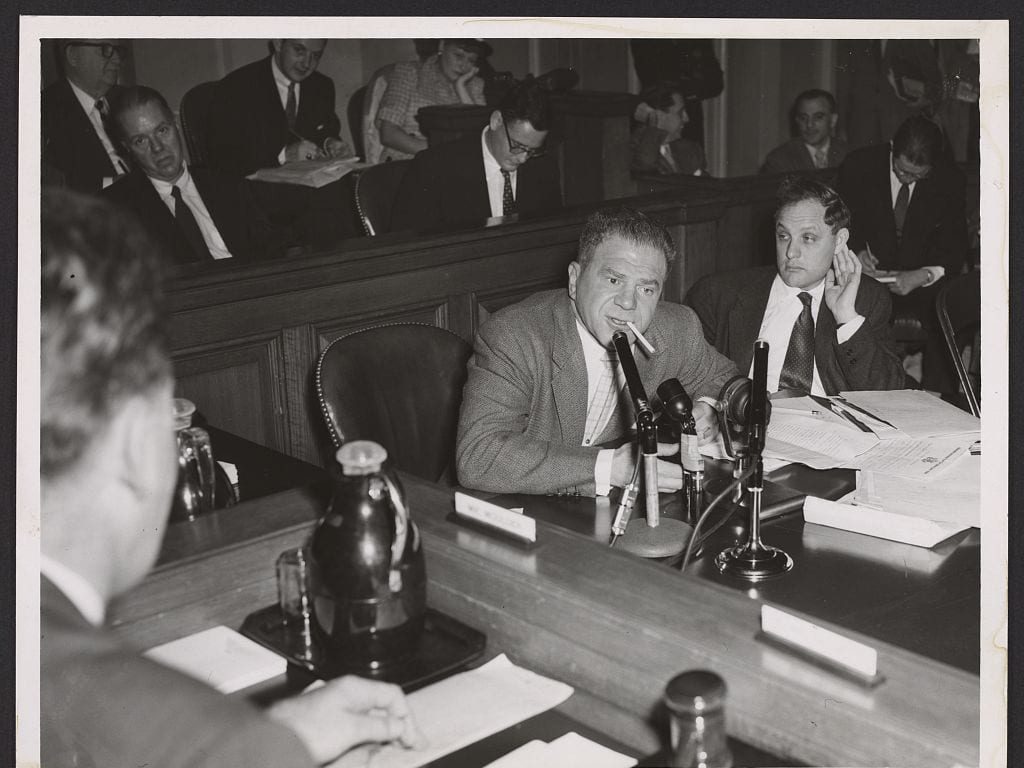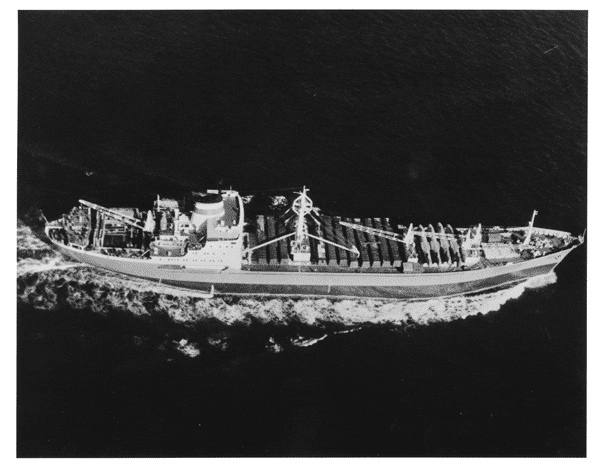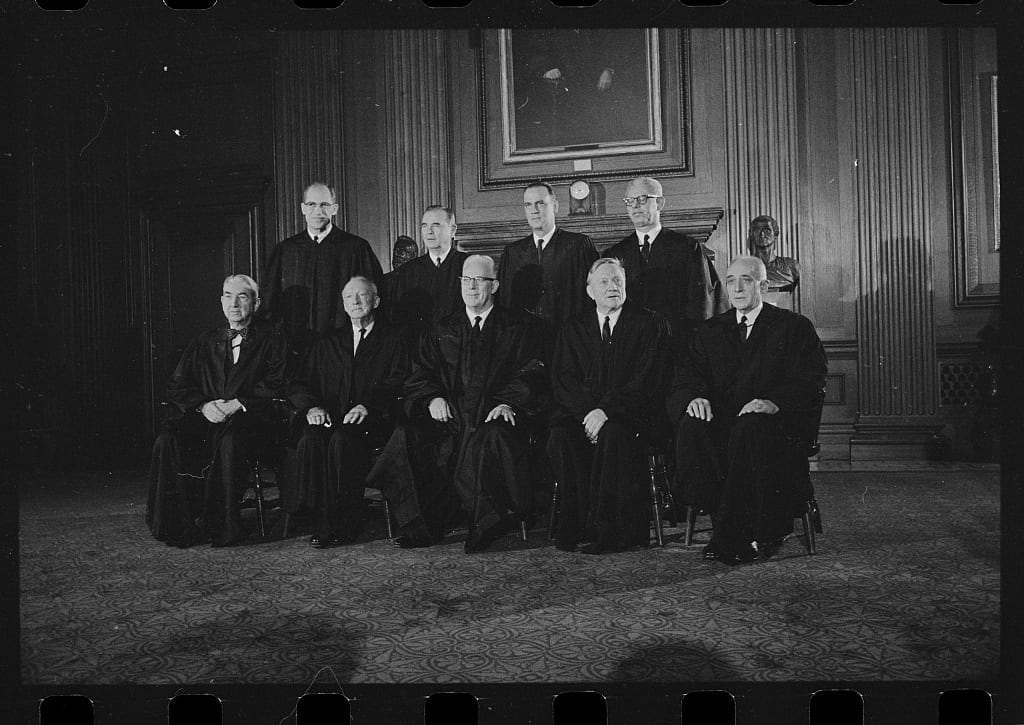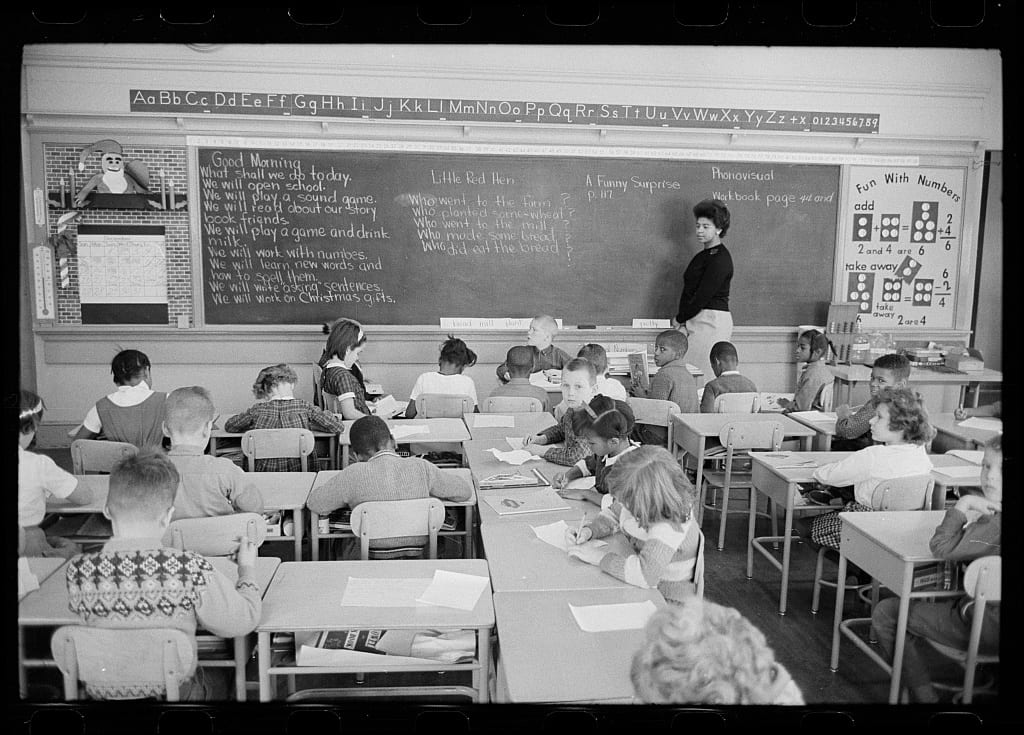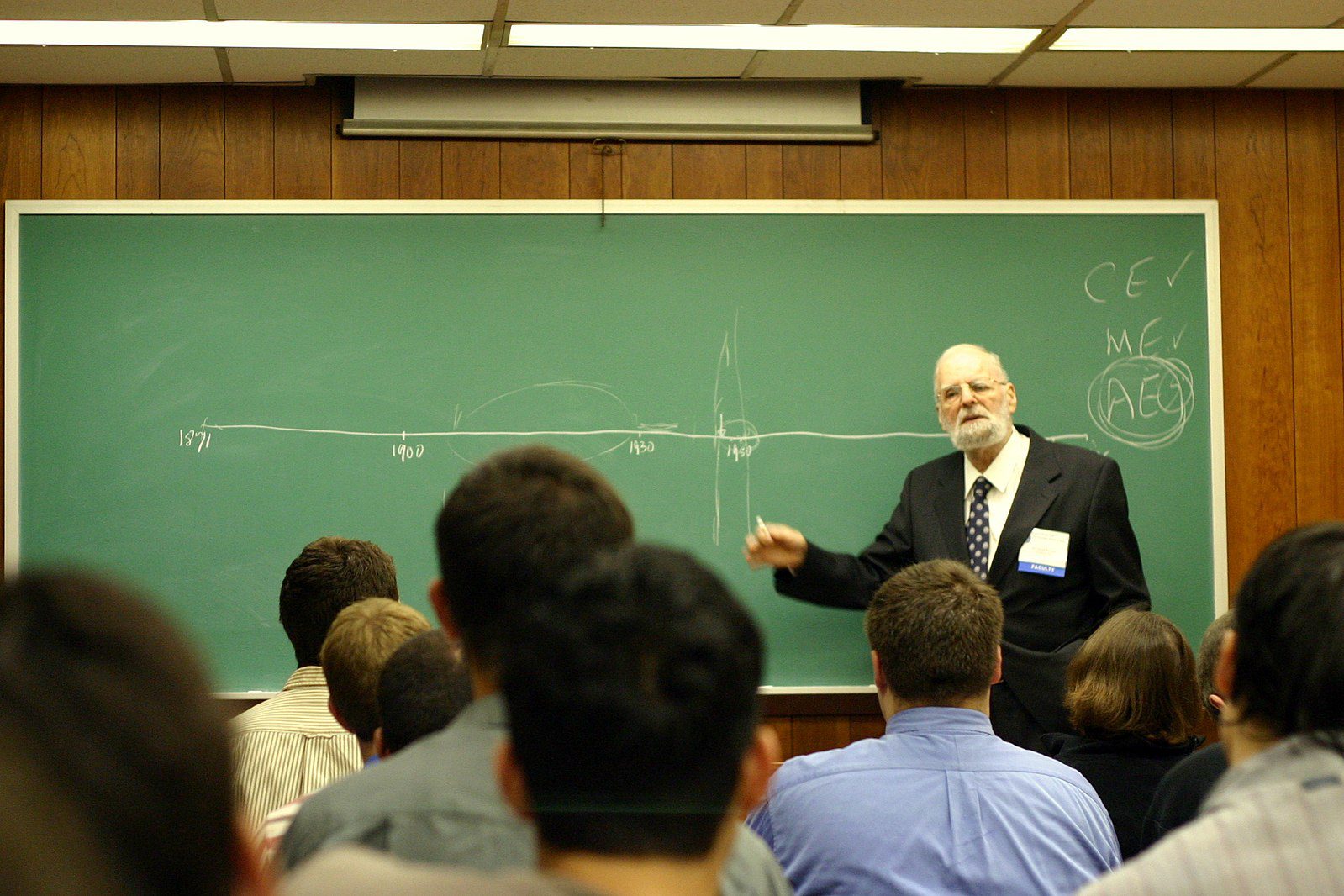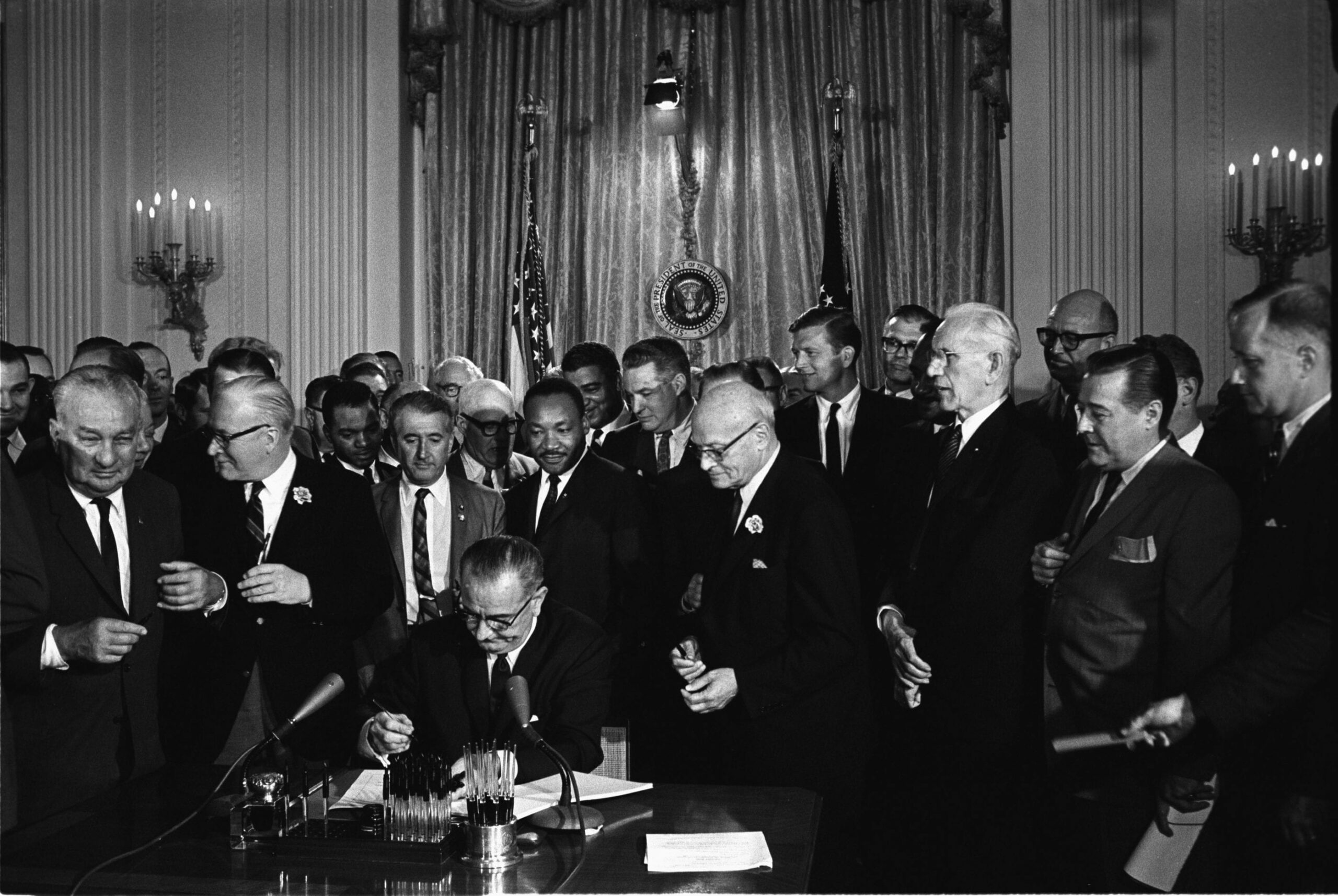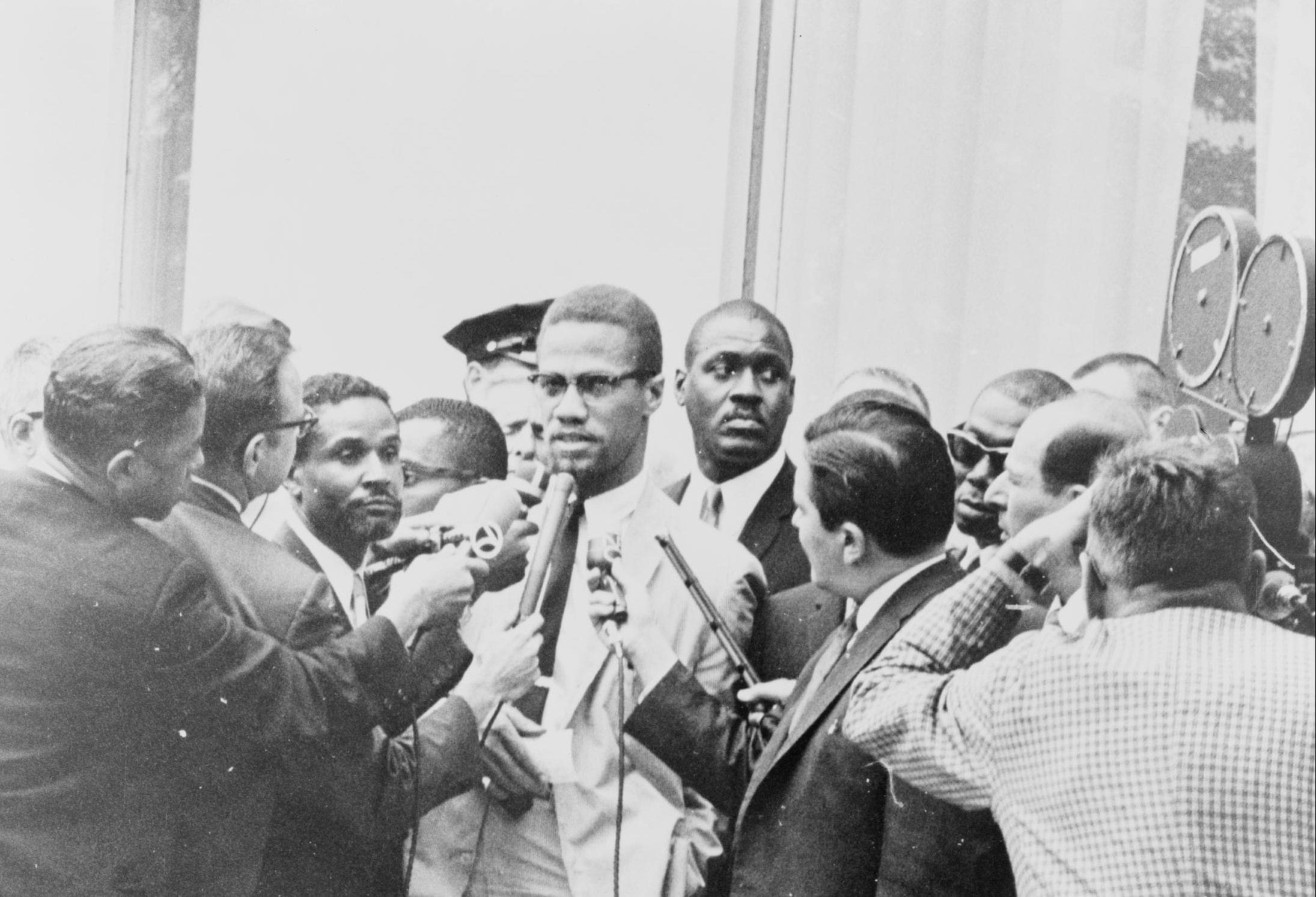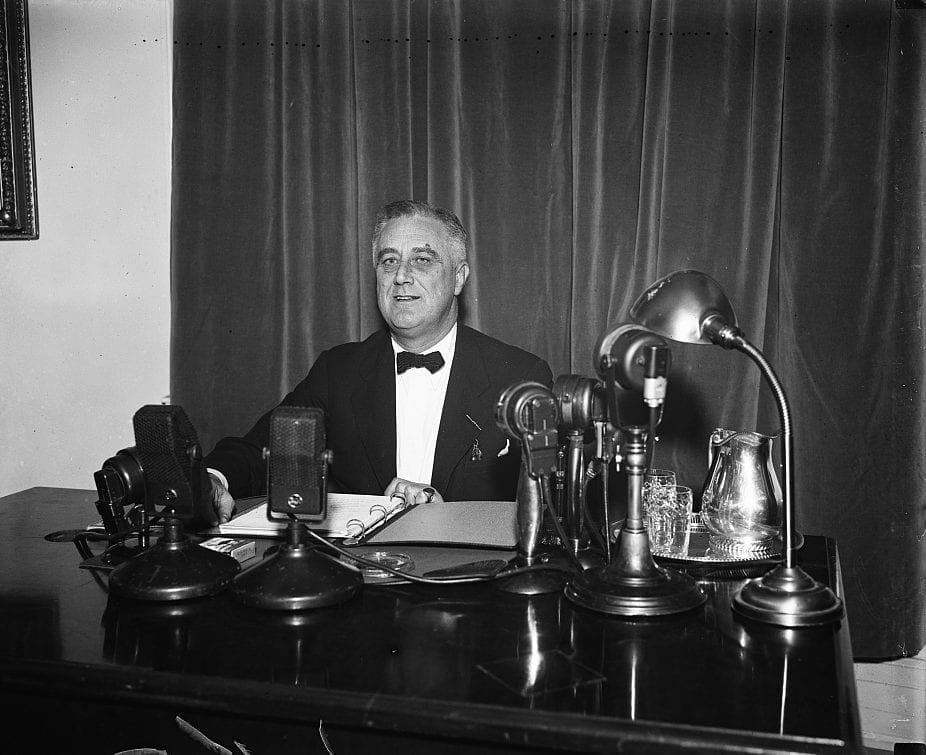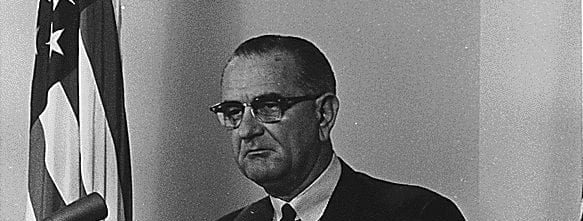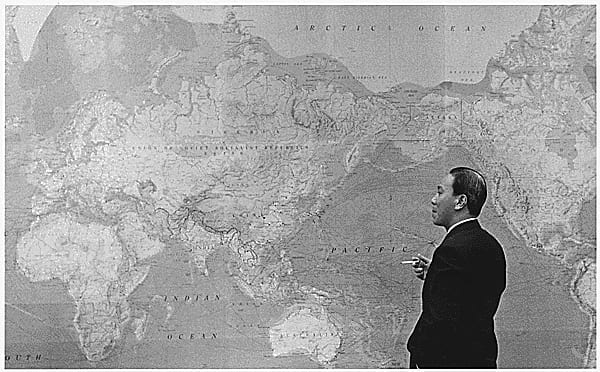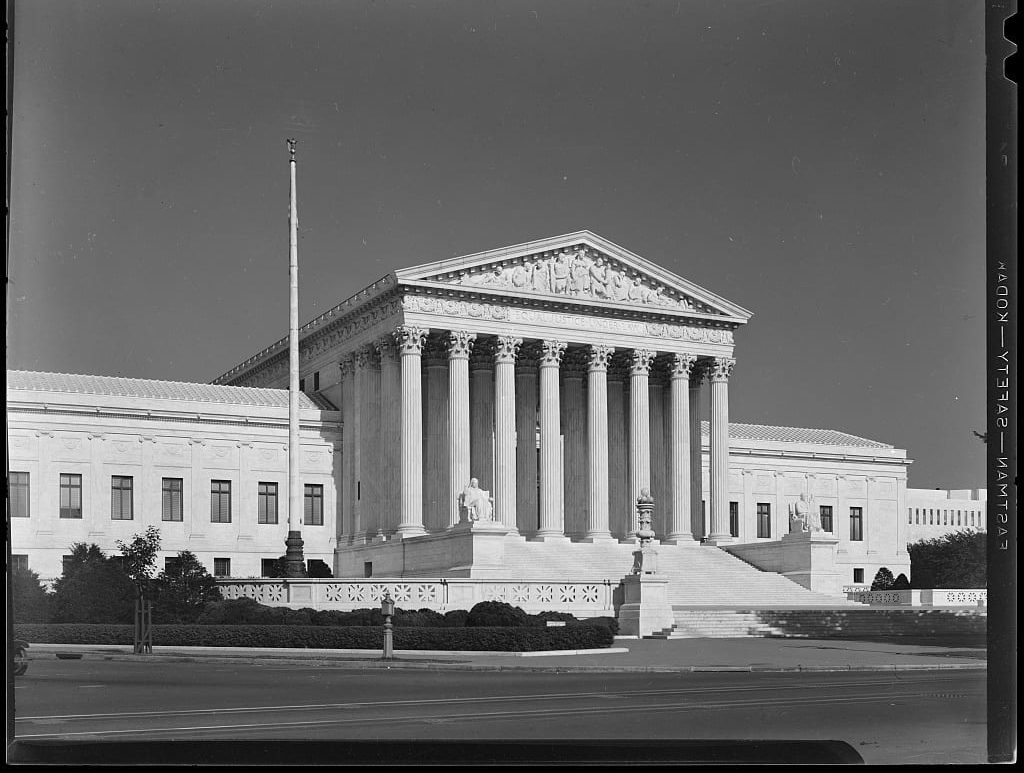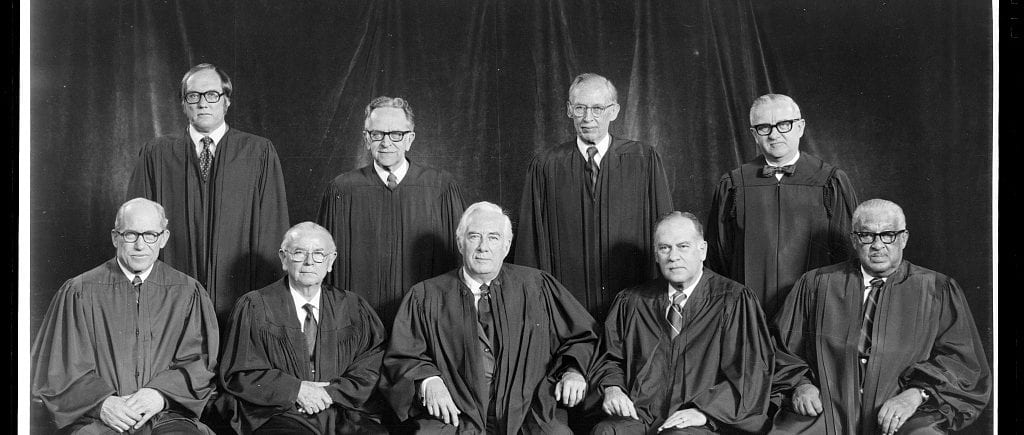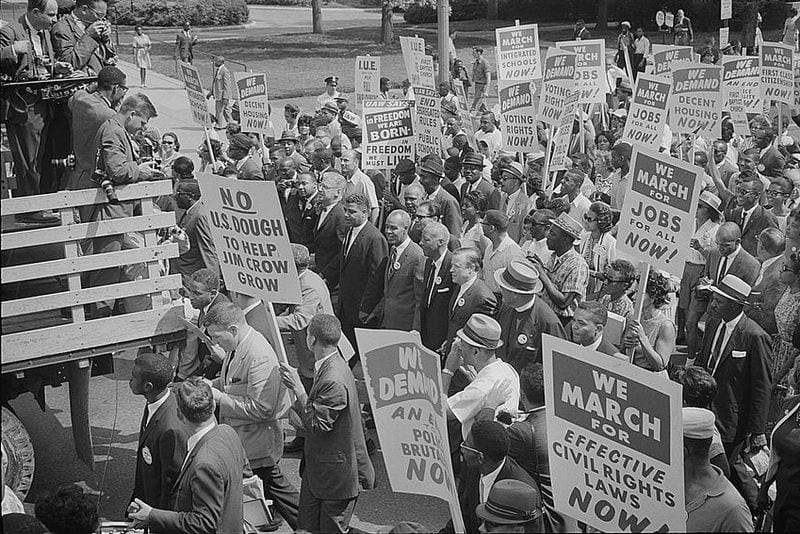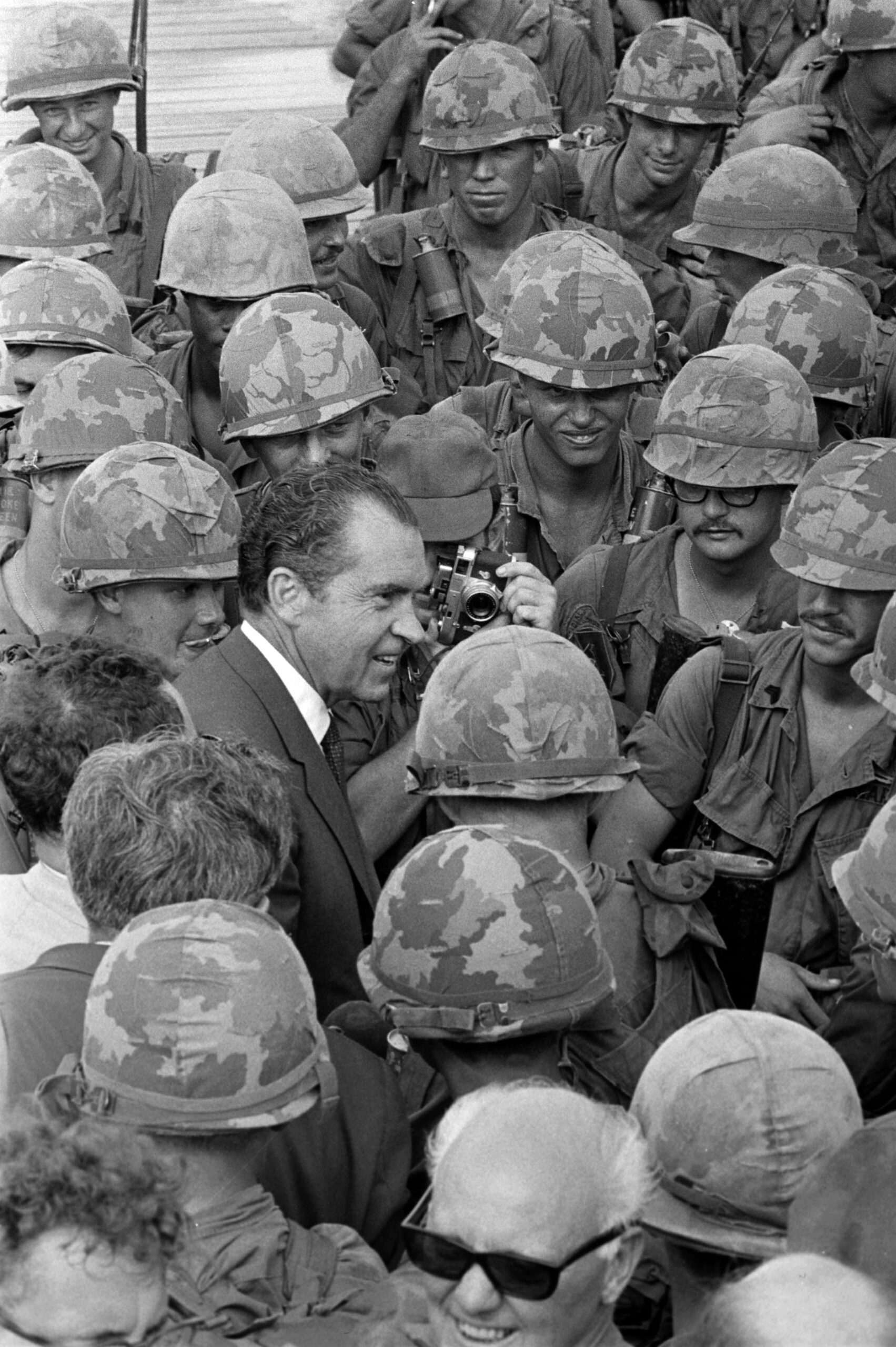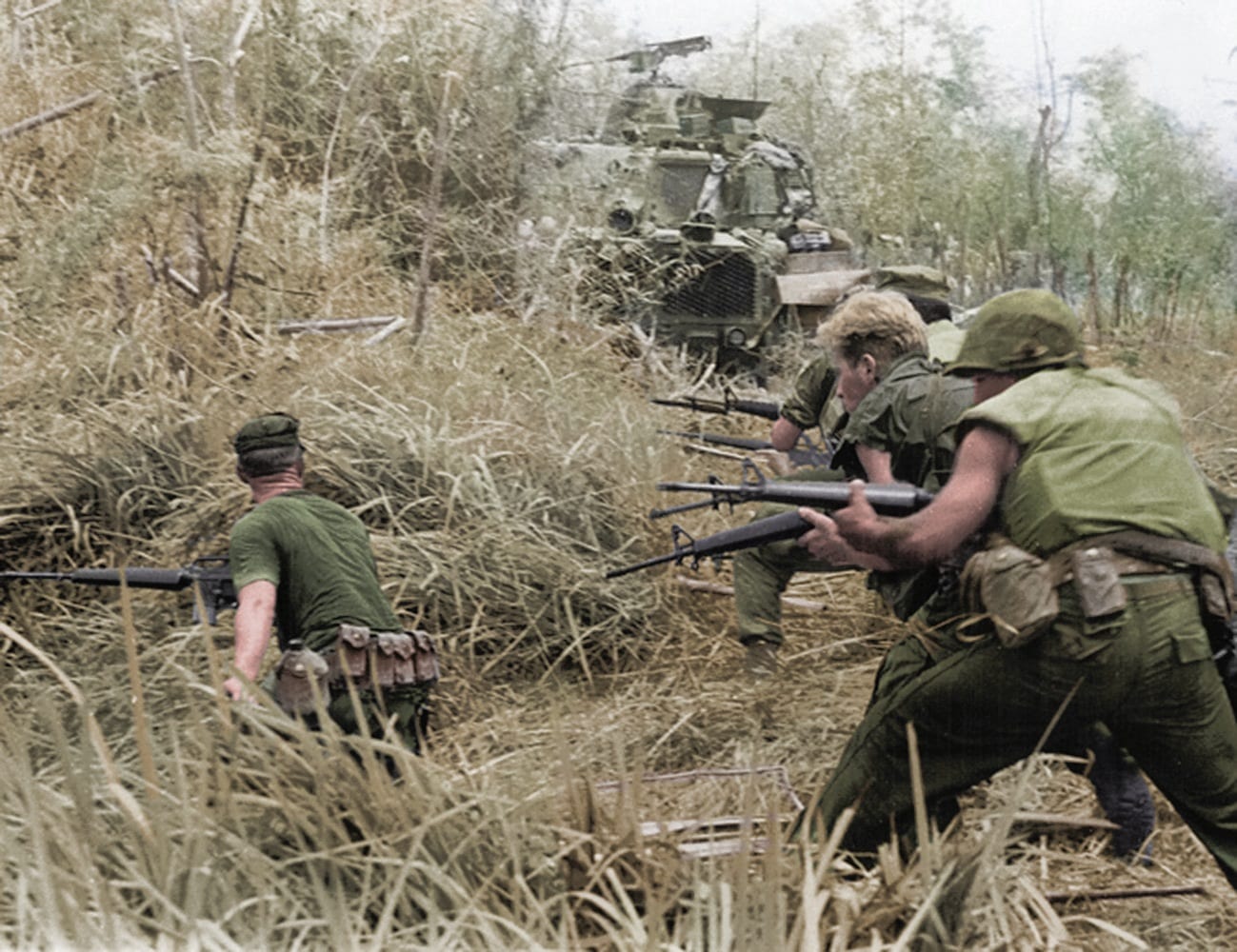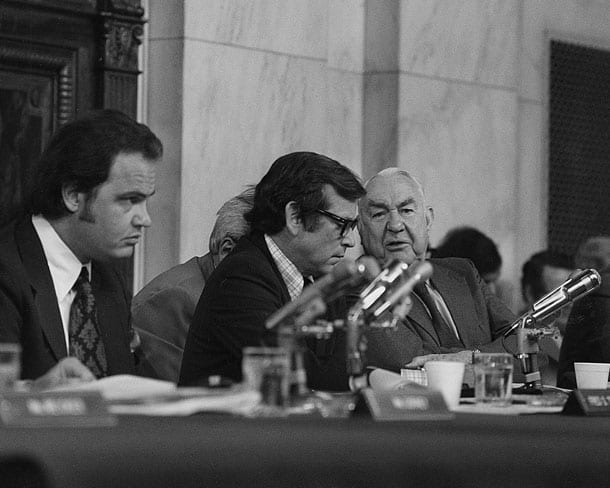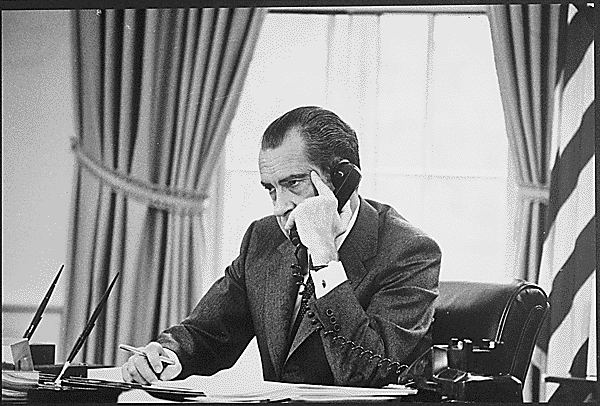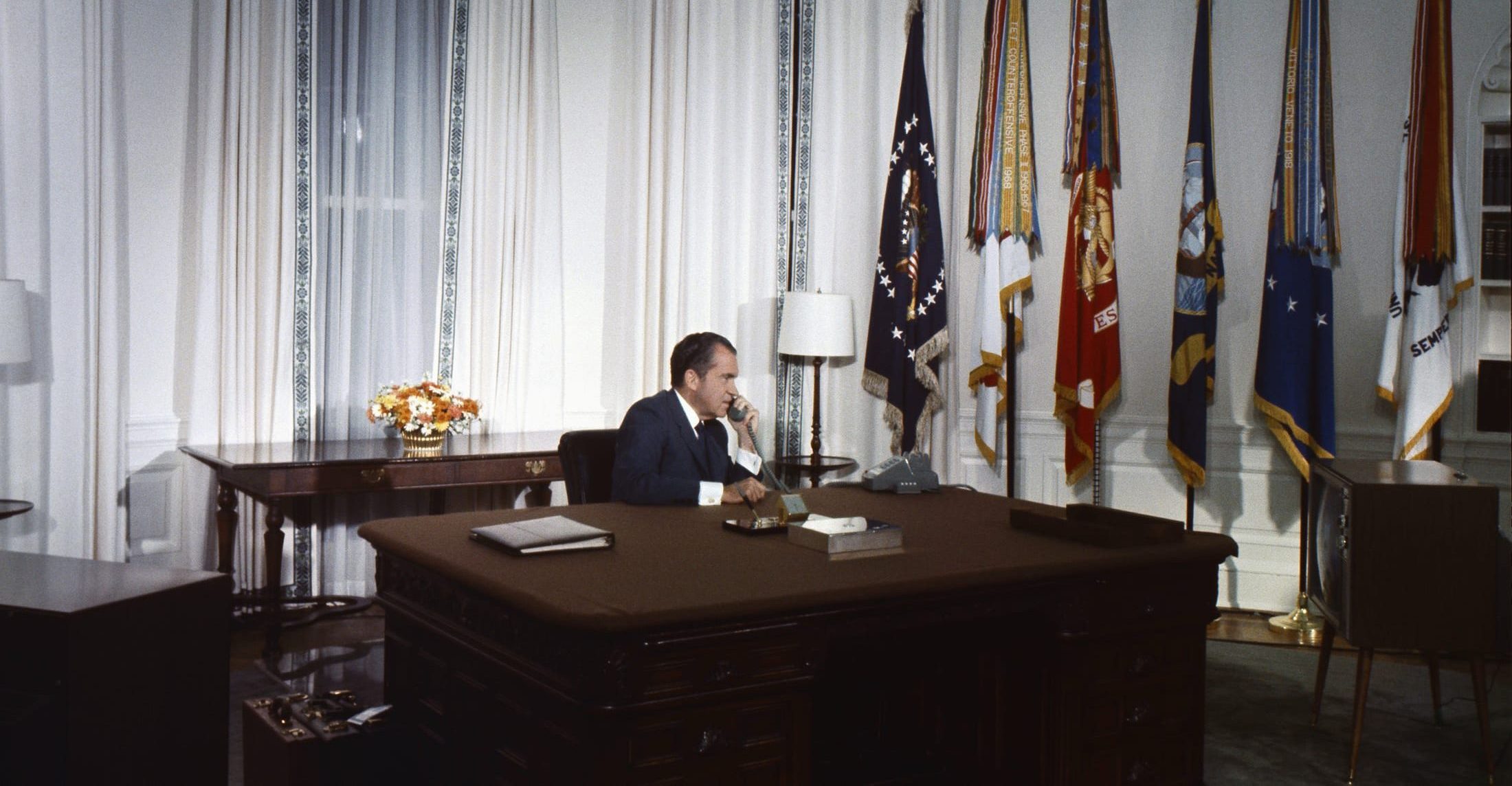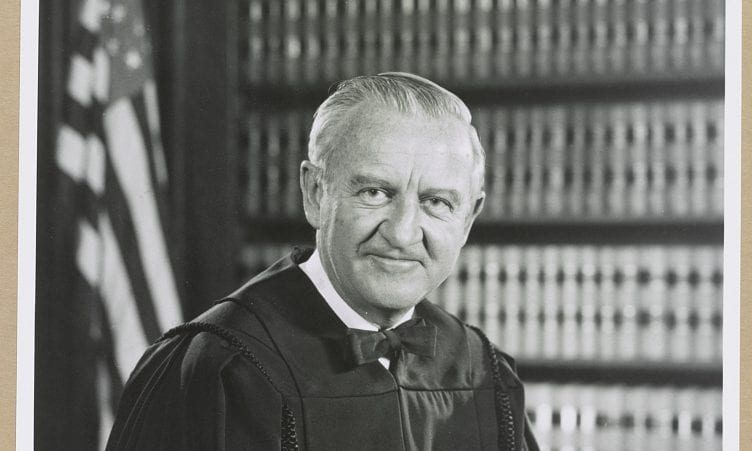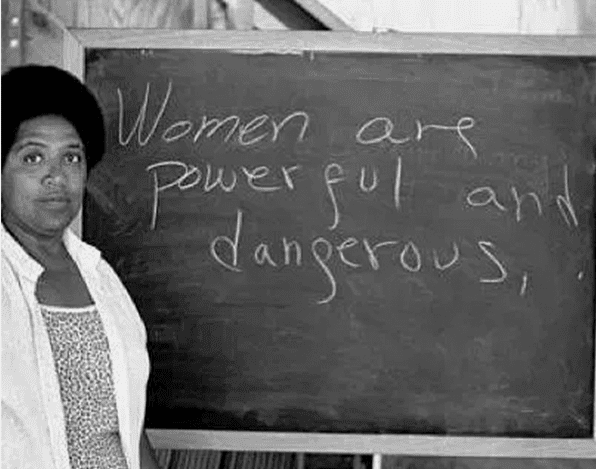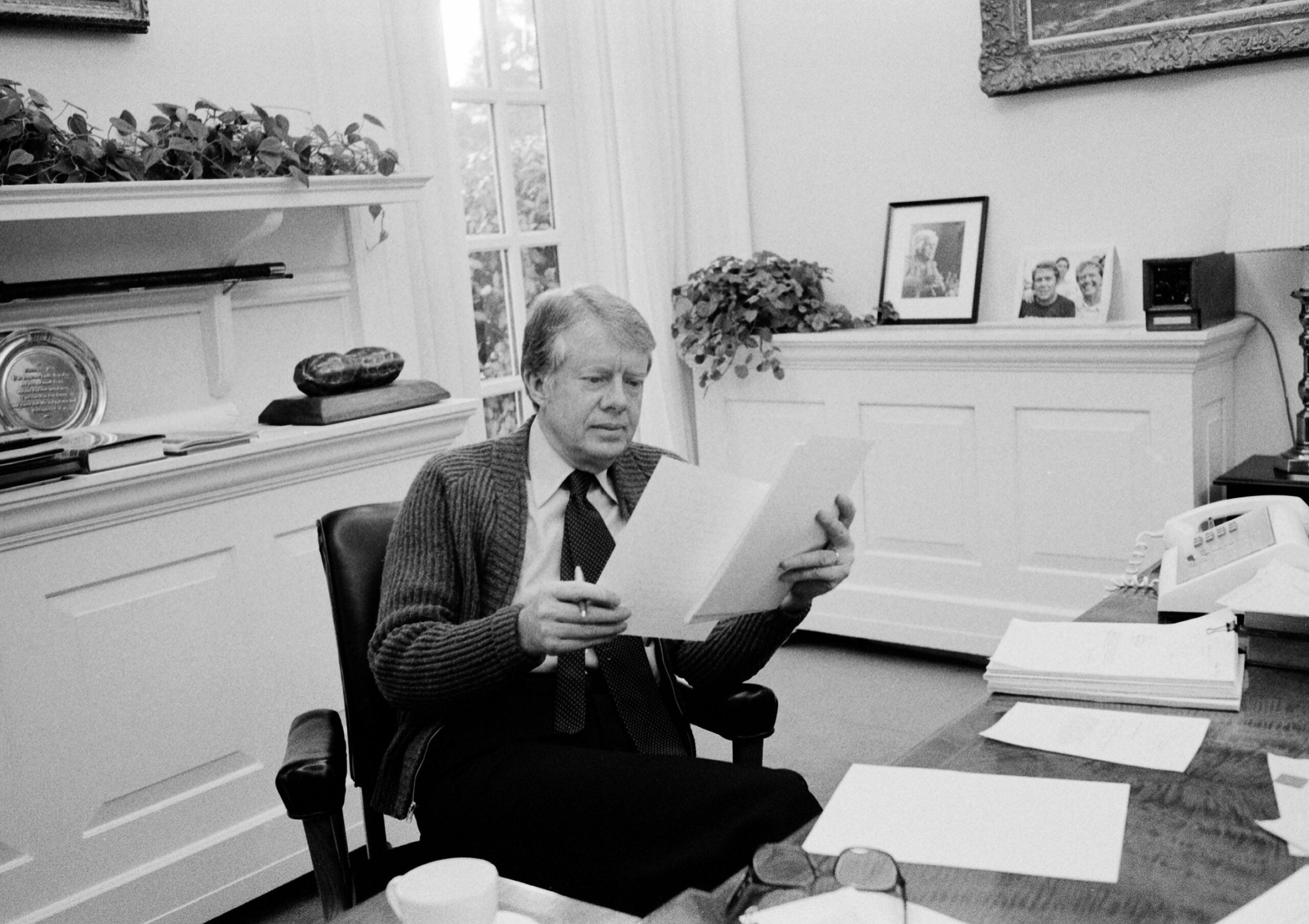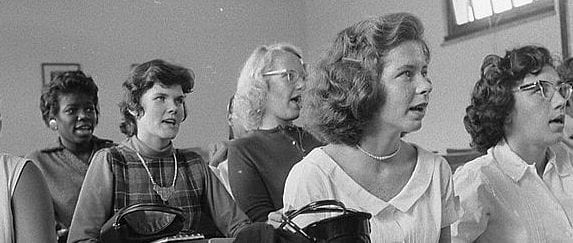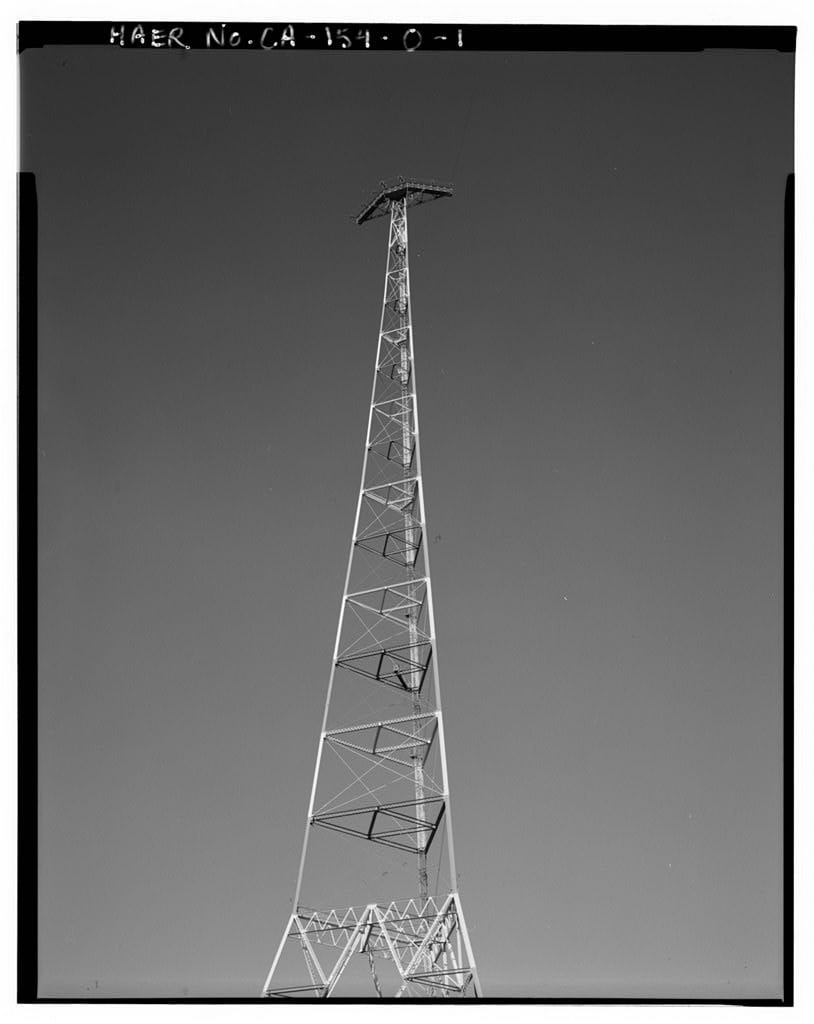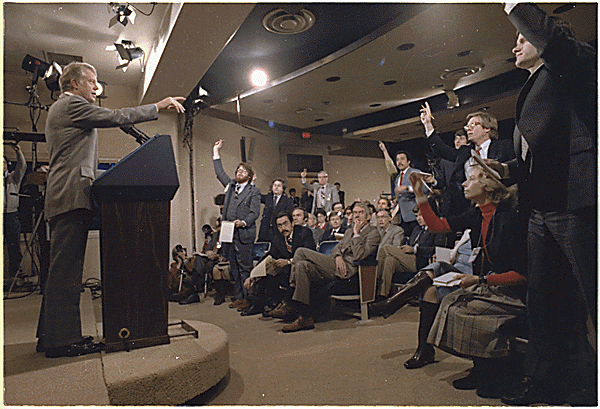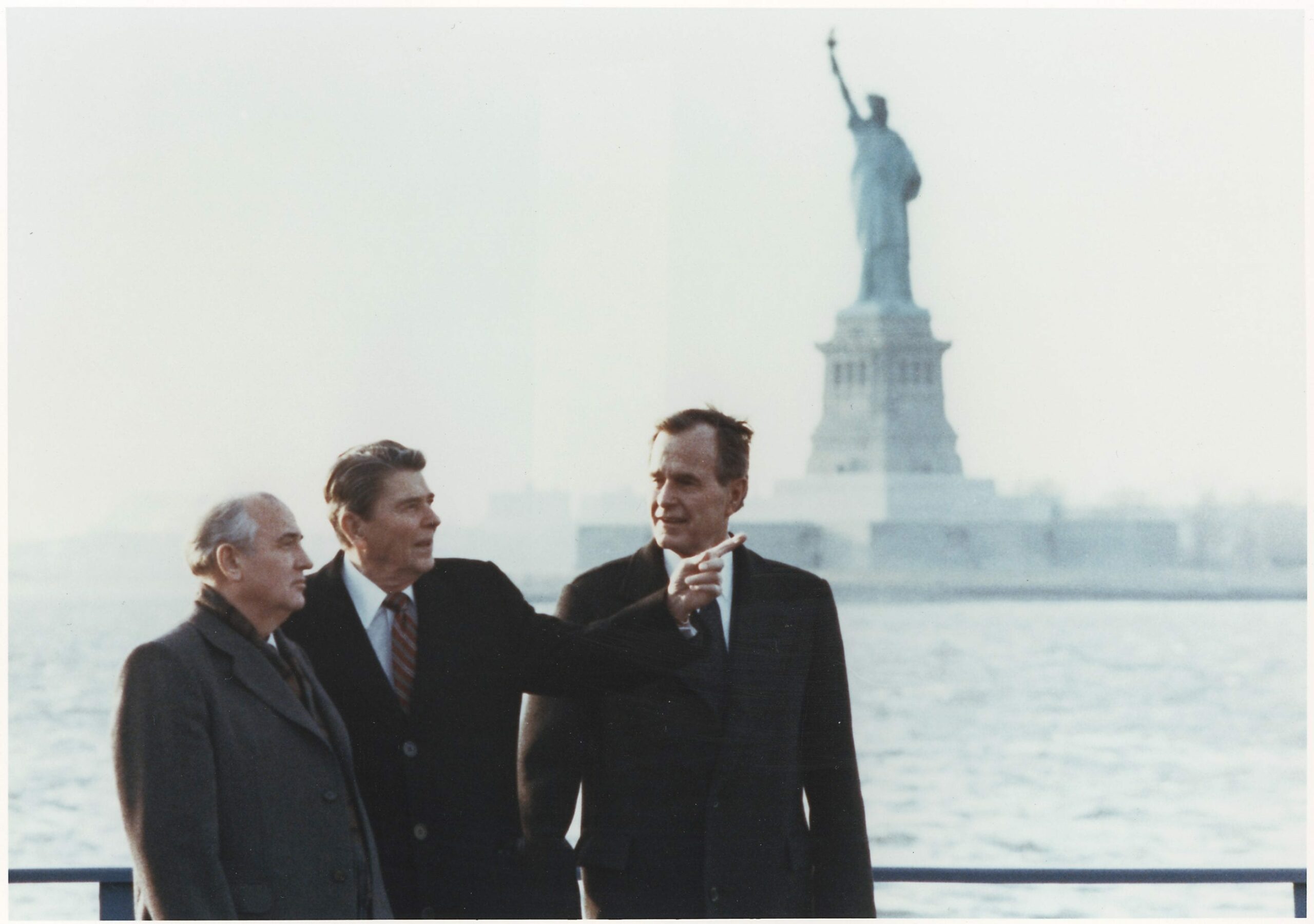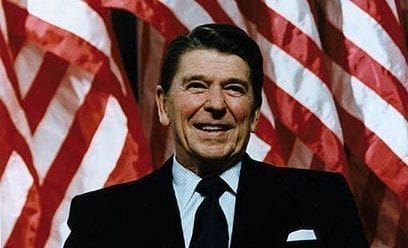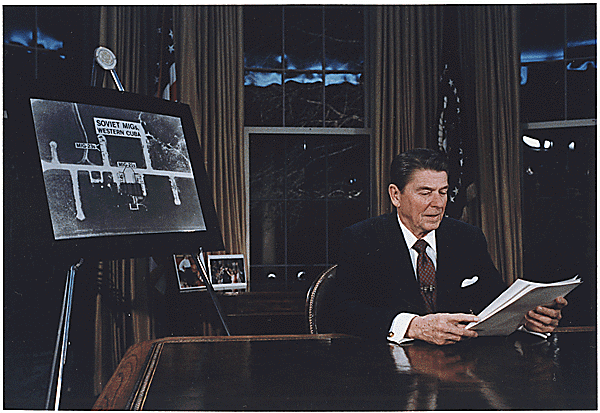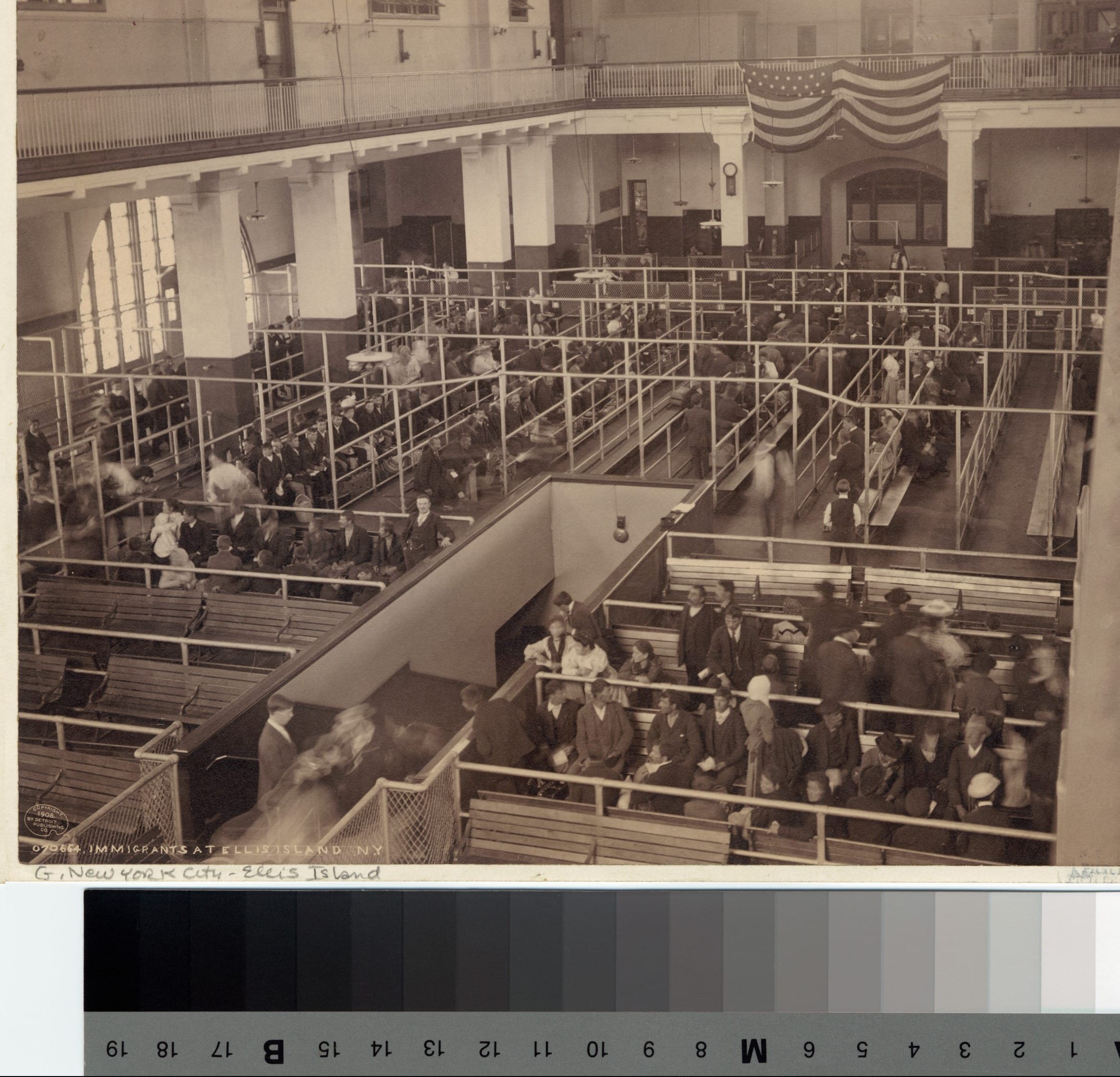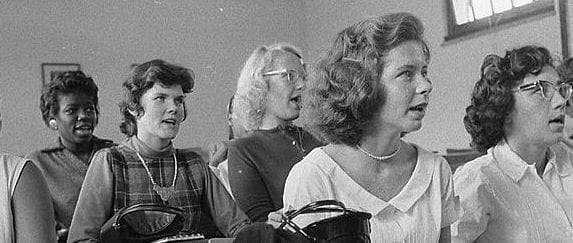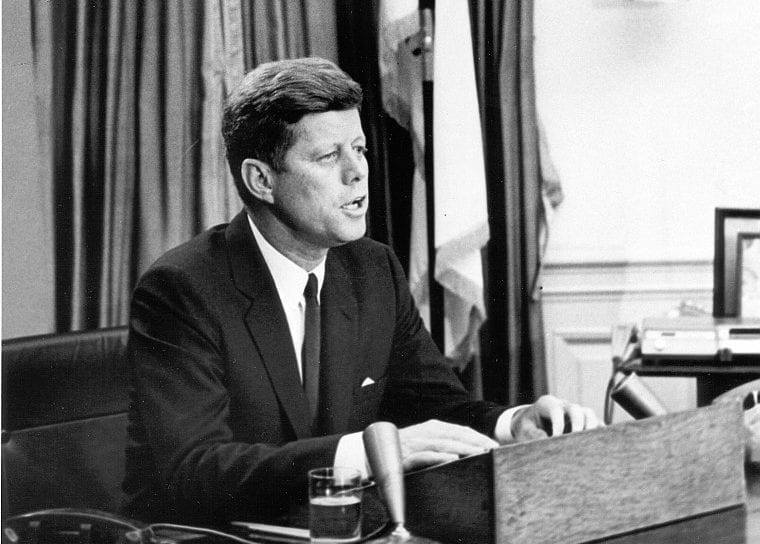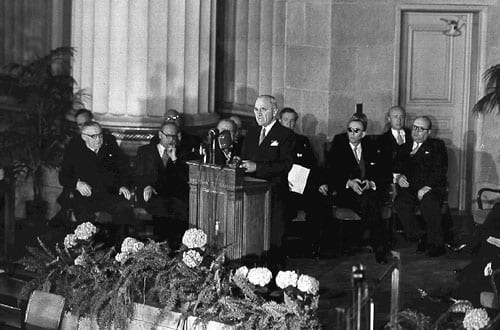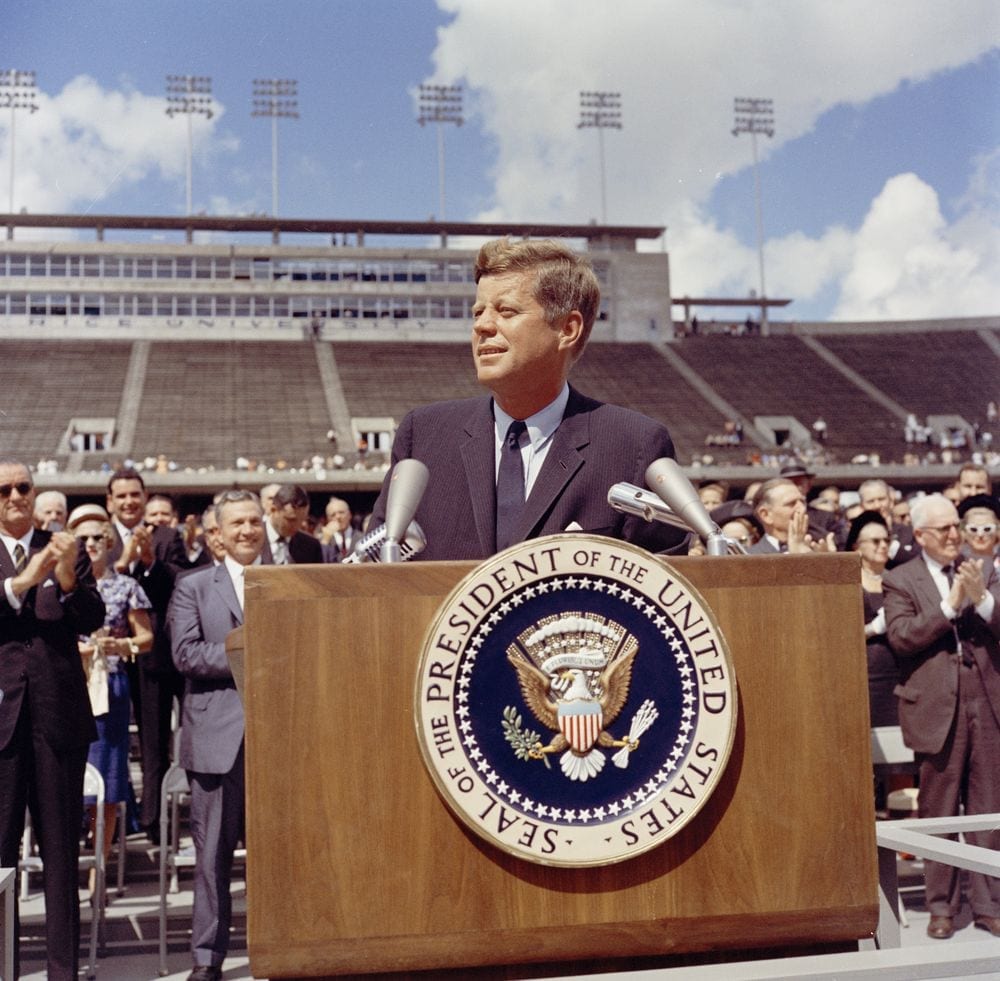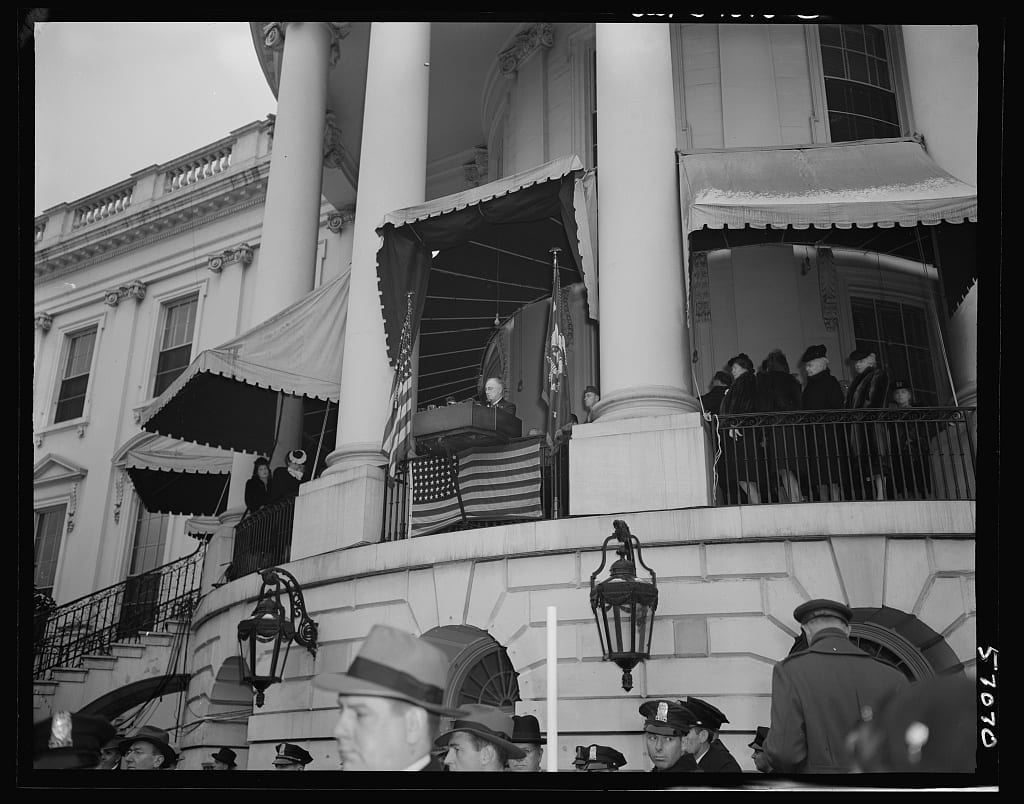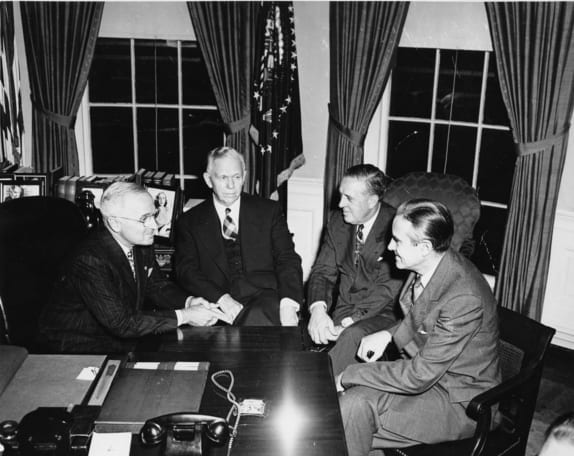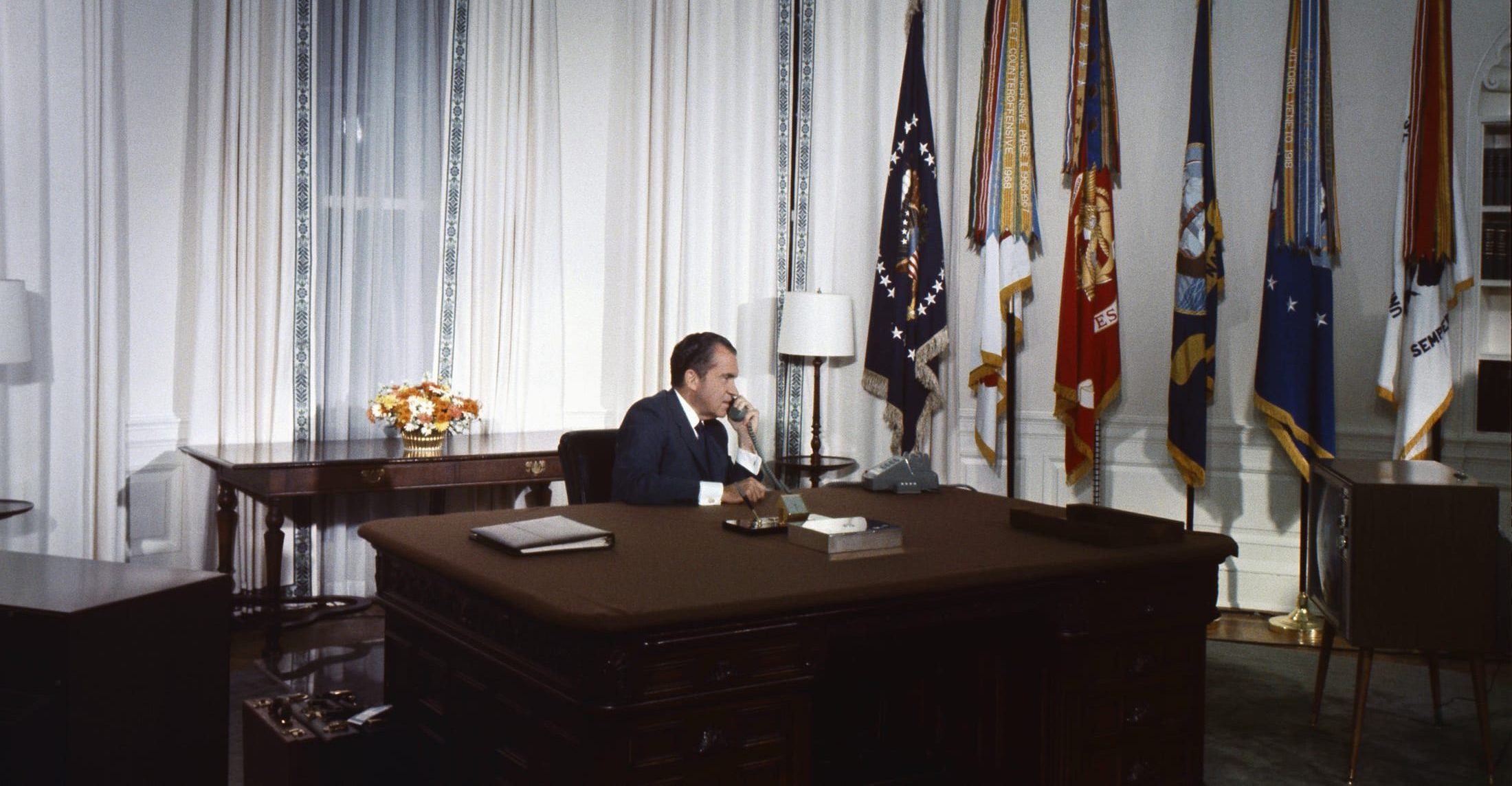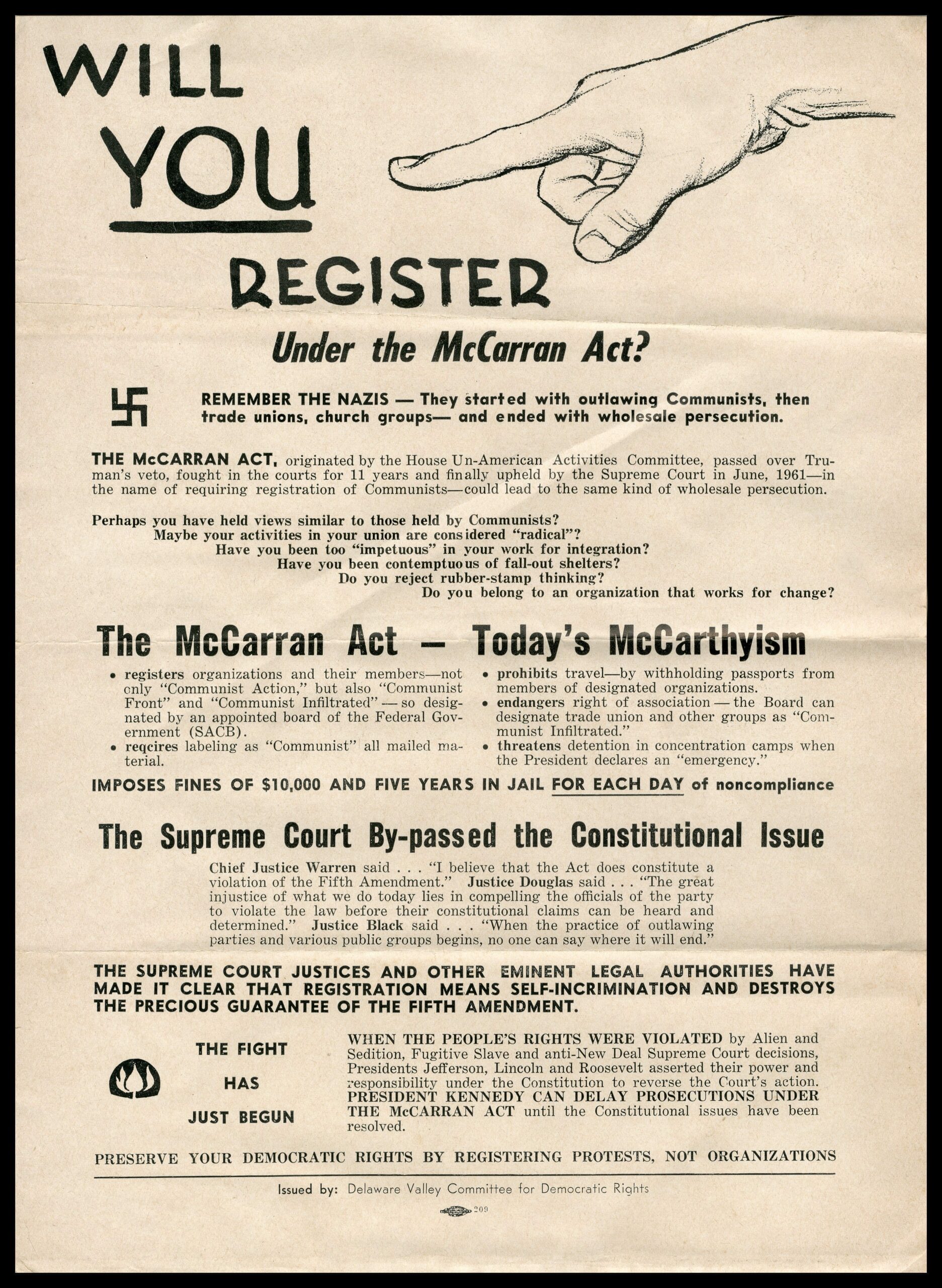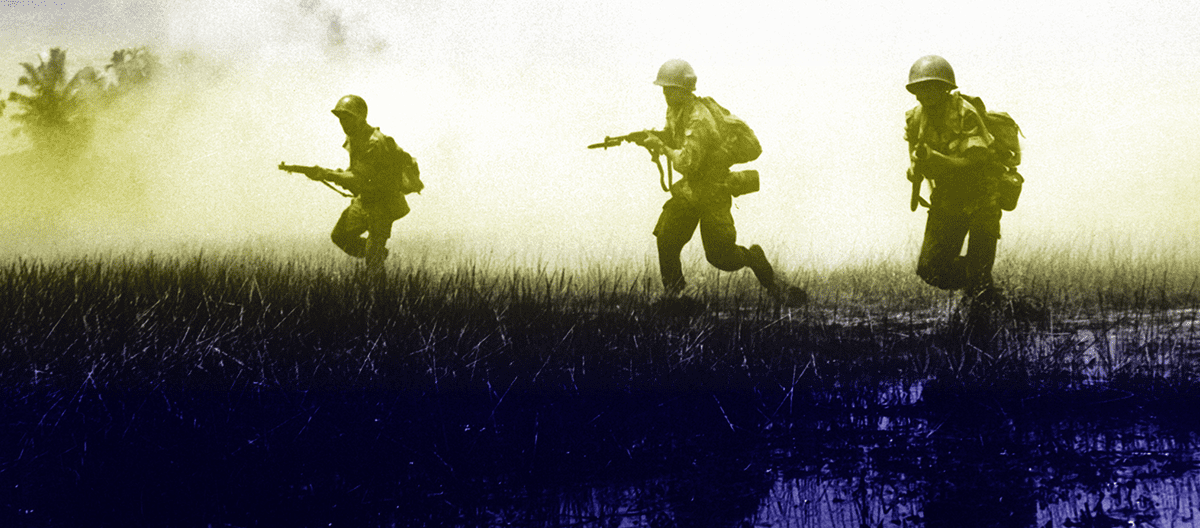Introduction
In 1987, President Ronald Reagan delivered a speech in West Berlin within sight of the Berlin Wall. Since its erection in 1961, the wall had both symbolized and entrenched the division between communist and democratic Europe. As Reagan noted, John F. Kennedy was the first U.S. president to speak to West Berliners (See Kennedy). Reagan went much further than Kennedy in criticizing the wall. In the most memorable line from the speech, Reagan urged the leader of the Soviet Union, Mikhail Gorbachev, to “Tear down this wall!” State Department advisors had counseled the president not to make this statement, believing it to be needlessly provocative. It was important to Reagan, however, to point out the reason for the wall’s construction and continued existence: Soviet domination of the communist states in Europe, including East Germany.
—David Krugler
Source: Public Papers of the Presidents of the United States: Ronald Reagan, 1987, Book I (Washington, D.C.: U.S. Government Printing Office, 1989), 634–8. Available online from Gerhard Peters and John T. Woolley, The American Presidency Project. https://goo.gl/hPdkkc.
. . . Twenty-four years ago, President John F. Kennedy visited Berlin, speaking to the people of this city and the world at the city hall. Well, since then two other presidents have come, each in his turn, to Berlin. And today I, myself, make my second visit to your city.
We come to Berlin, we American Presidents, because it’s our duty to speak, in this place, of freedom. . . .
Behind me stands a wall that encircles the free sectors of this city, part of a vast system of barriers that divides the entire continent of Europe. From the Baltic, south, those barriers cut across Germany in a gash of barbed wire, concrete, dog runs, and guard towers. Farther south, there may be no visible, no obvious wall. But there remain armed guards and checkpoints all the same – still a restriction on the right to travel, still an instrument to impose upon ordinary men and women the will of a totalitarian state. Yet it is here in Berlin where the wall emerges most clearly; here, cutting across your city, where the news photo and the television screen have imprinted this brutal division of a continent upon the mind of the world. Standing before the Brandenburg Gate, every man is a German, separated from his fellow men. Every man is a Berliner, forced to look upon a scar.
. . . Today I say: As long as this gate is closed, as long as this scar of a wall is permitted to stand, it is not the German question alone that remains open, but the question of freedom for all mankind. Yet I do not come here to lament. For I find in Berlin a message of hope, even in the shadow of this wall, a message of triumph.
In this season of spring in 1945, the people of Berlin emerged from their air-raid shelters to find devastation. Thousands of miles away, the people of the United States reached out to help. And in 1947 Secretary of State – as you’ve been told – George Marshall announced the creation of what would become known as the Marshall plan. Speaking precisely 40 years ago this month, he said: “Our policy is directed not against any country or doctrine, but against hunger, poverty, desperation, and chaos.”
In the Reichstag a few moments ago, I saw a display commemorating this 40th anniversary of the Marshall plan. I was struck by the sign on a burnt-out, gutted structure that was being rebuilt. I understand that Berliners of my own generation can remember seeing signs like it dotted throughout the Western sectors of the city. The sign read simply: “The Marshall plan is helping here to strengthen the free world.” A strong, free world in the West, that dream became real. Japan rose from ruin to become an economic giant. Italy, France, Belgium – virtually every nation in Western Europe saw political and economic rebirth; the European Community was founded.
In West Germany and here in Berlin, there took place an economic miracle . . . .
. . . From devastation, from utter ruin, you Berliners have, in freedom, rebuilt a city that once again ranks as one of the greatest on Earth. . . .
In the 1950’s, Khrushchev predicted: “We will bury you.” But in the West today, we see a free world that has achieved a level of prosperity and well-being unprecedented in all human history. In the Communist world, we see failure, technological backwardness, declining standards of health, even want of the most basic kind – too little food. Even today, the Soviet Union still cannot feed itself. After these four decades, then, there stands before the entire world one great and inescapable conclusion: Freedom leads to prosperity. Freedom replaces the ancient hatreds among the nations with comity and peace. Freedom is the victor.
And now the Soviets themselves may, in a limited way, be coming to understand the importance of freedom. We hear much from Moscow about a new policy of reform and openness. Some political prisoners have been released. Certain foreign news broadcasts are no longer being jammed. Some economic enterprises have been permitted to operate with greater freedom from state control. Are these the beginnings of profound changes in the Soviet state? Or are they token gestures, intended to raise false hopes in the West, or to strengthen the Soviet system without changing it? We welcome change and openness; for we believe that freedom and security go together, that the advance of human liberty can only strengthen the cause of world peace.
There is one sign the Soviets can make that would be unmistakable, that would advance dramatically the cause of freedom and peace. General Secretary Gorbachev, if you seek peace, if you seek prosperity for the Soviet Union and Eastern Europe, if you seek liberalization: Come here to this gate! Mr. Gorbachev, open this gate! Mr. Gorbachev, tear down this wall!
I understand the fear of war and the pain of division that afflict this continent – and I pledge to you my country’s efforts to help overcome these burdens. . . .
In Europe, only one nation and those it controls refuse to join the community of freedom. Yet in this age of redoubled economic growth, of information and innovation, the Soviet Union faces a choice: It must make fundamental changes, or it will become obsolete. Today thus represents a moment of hope. We in the West stand ready to cooperate with the East to promote true openness, to break down barriers that separate people, to create a safer, freer world.
And surely there is no better place than Berlin, the meeting place of East and West, to make a start. . . .


